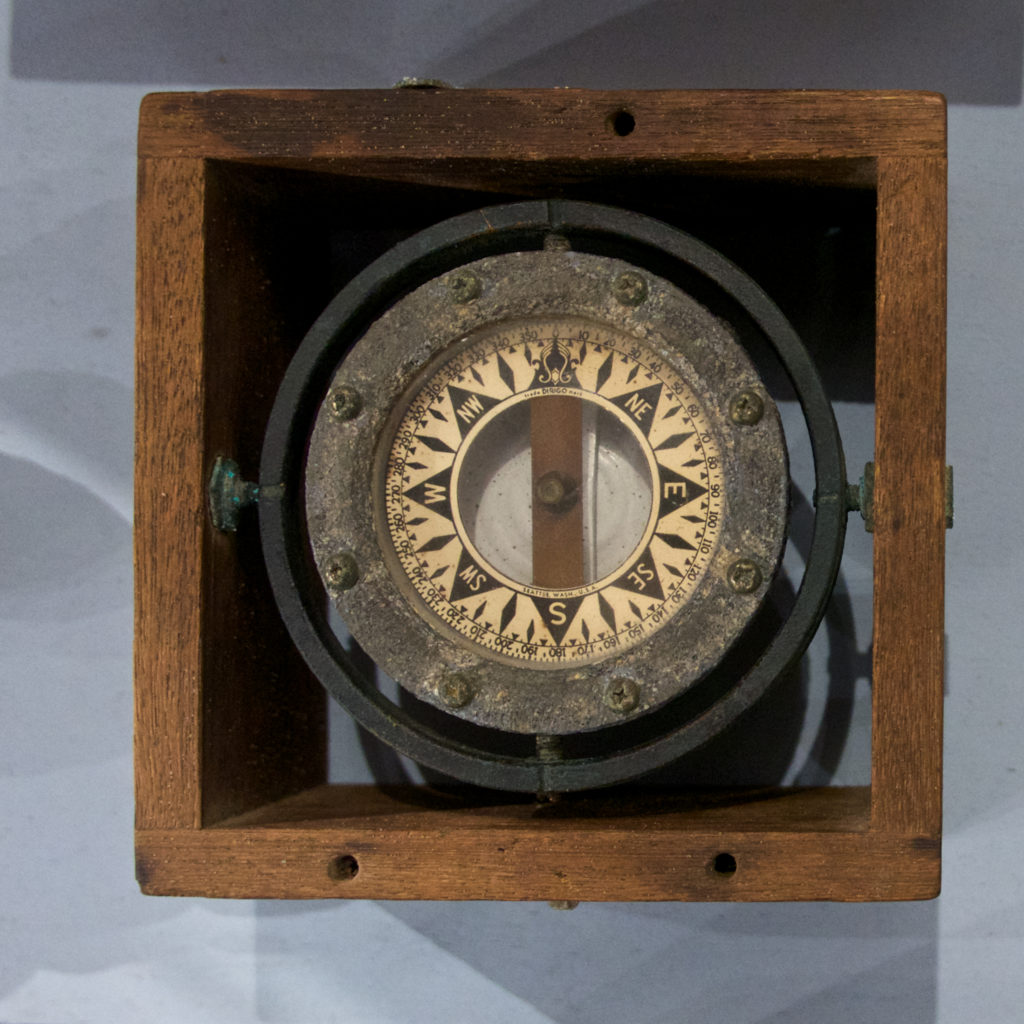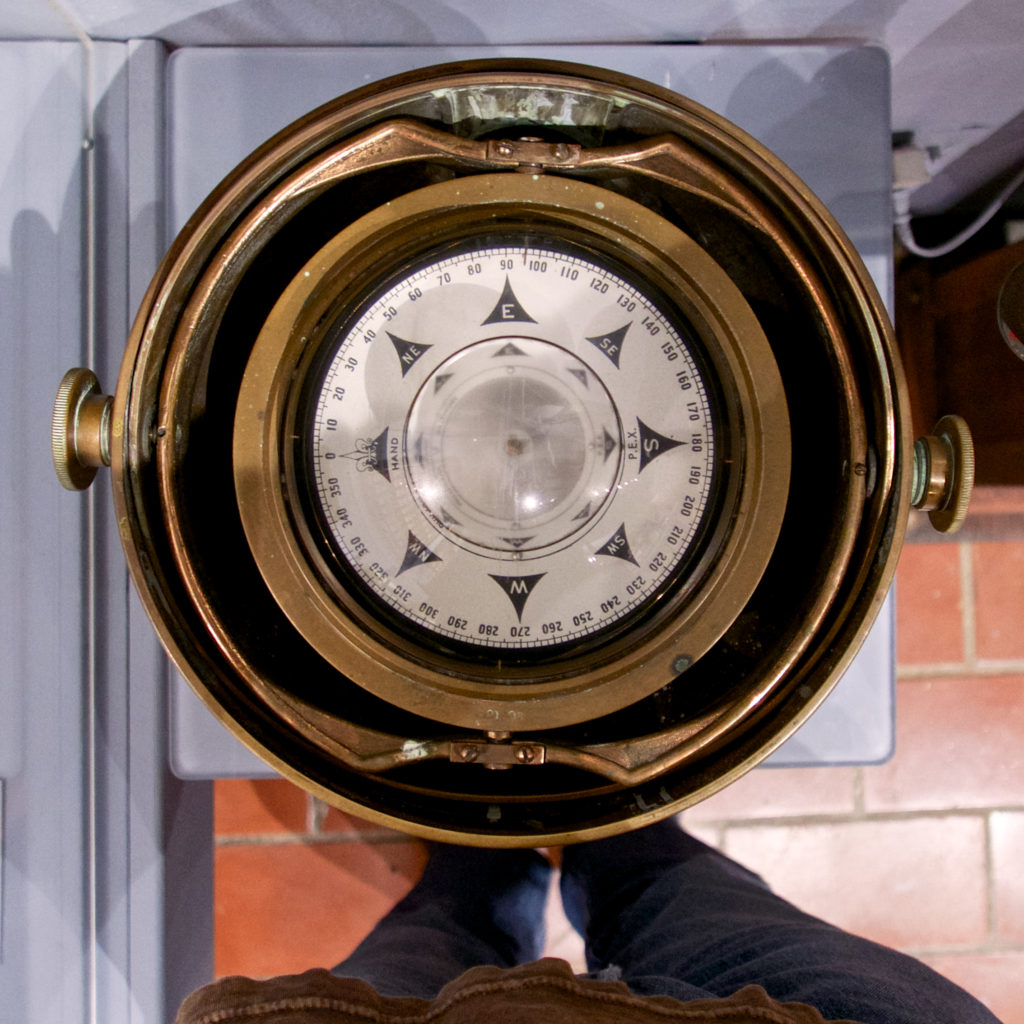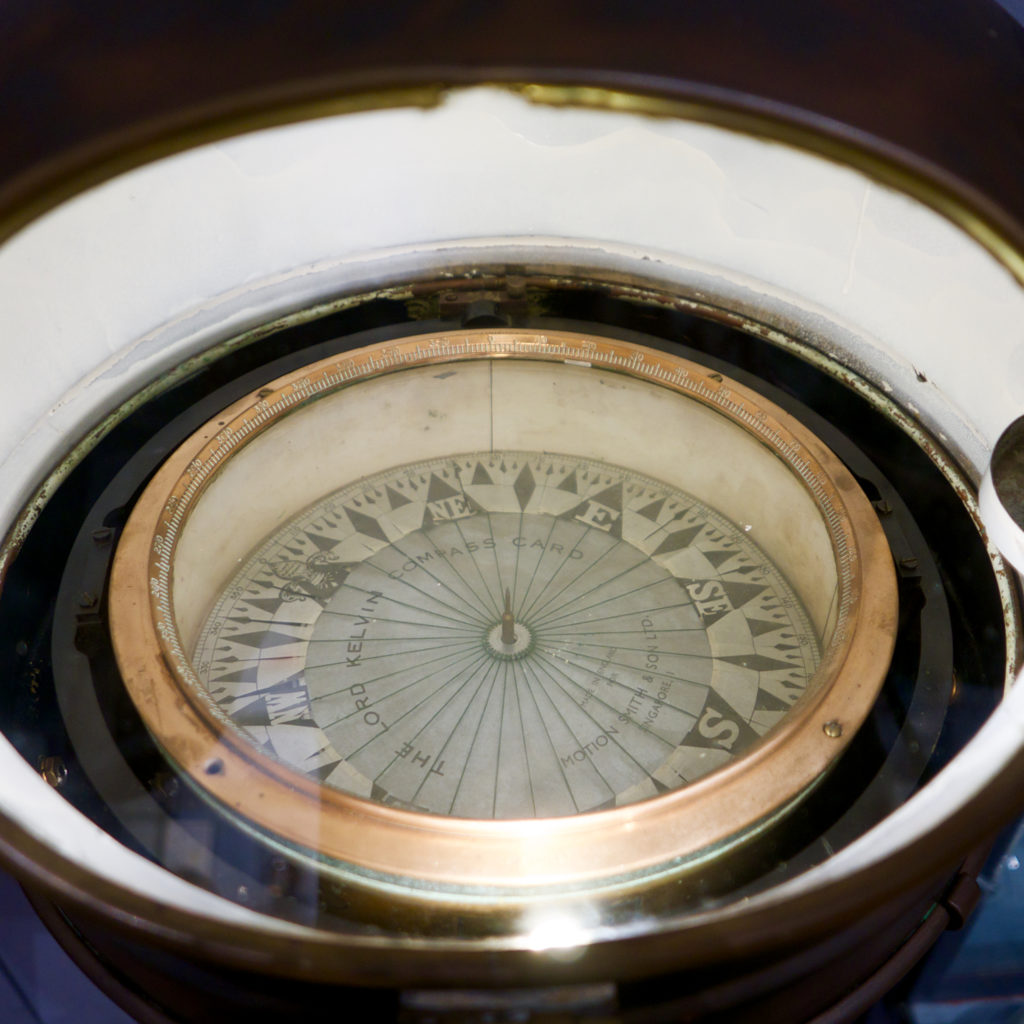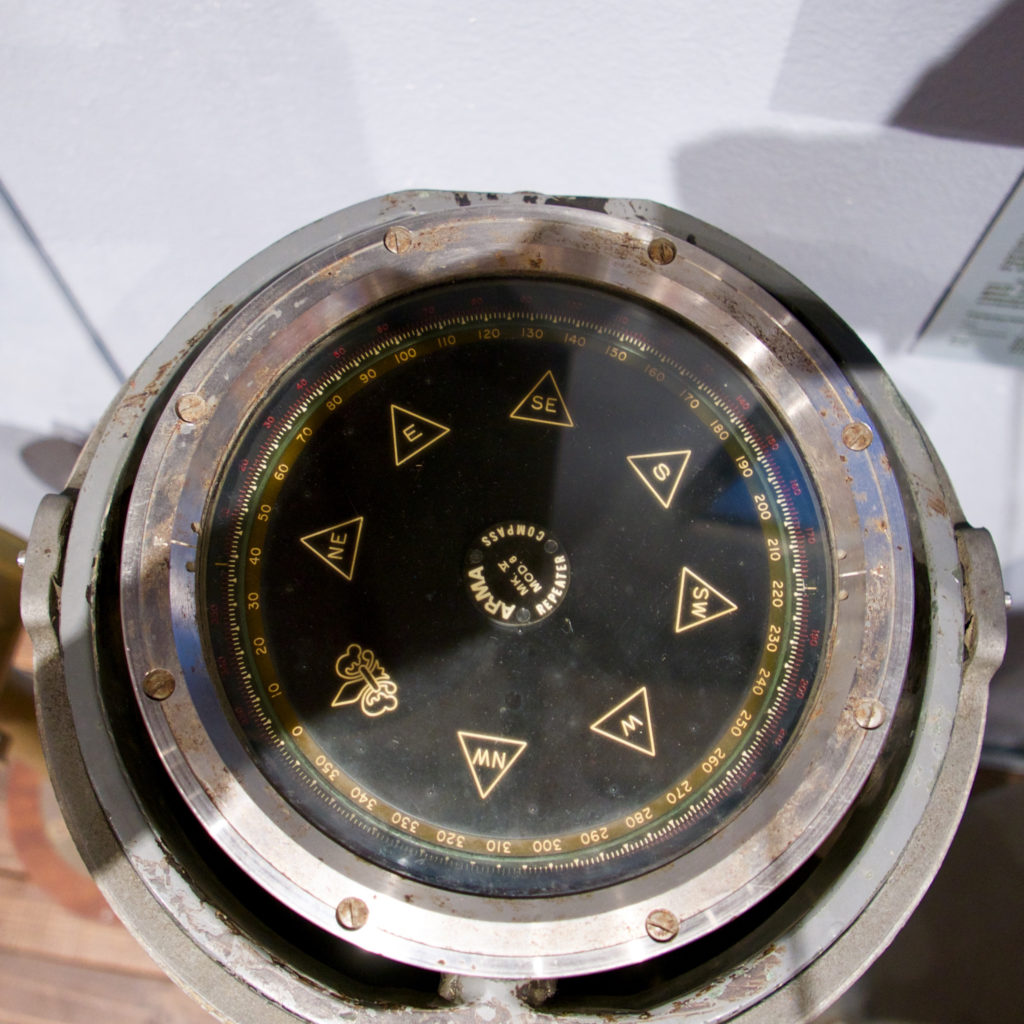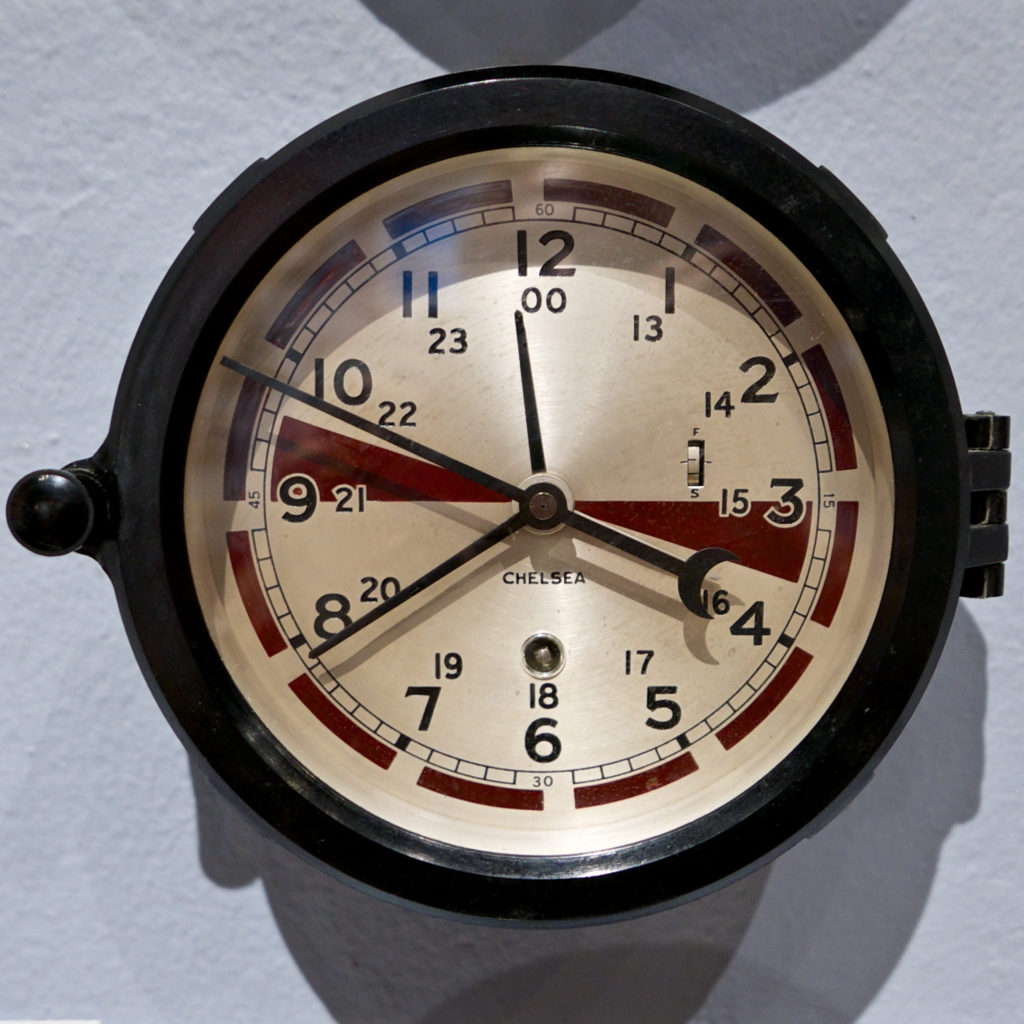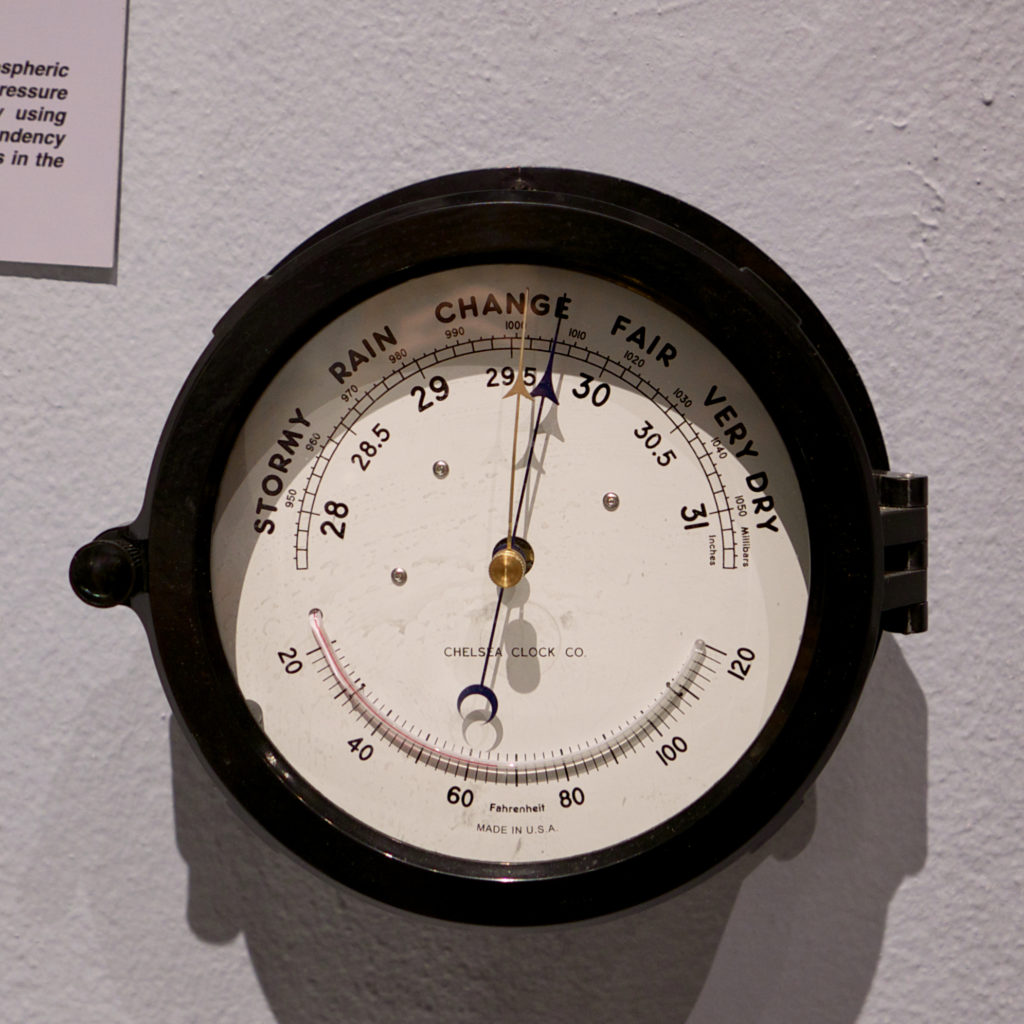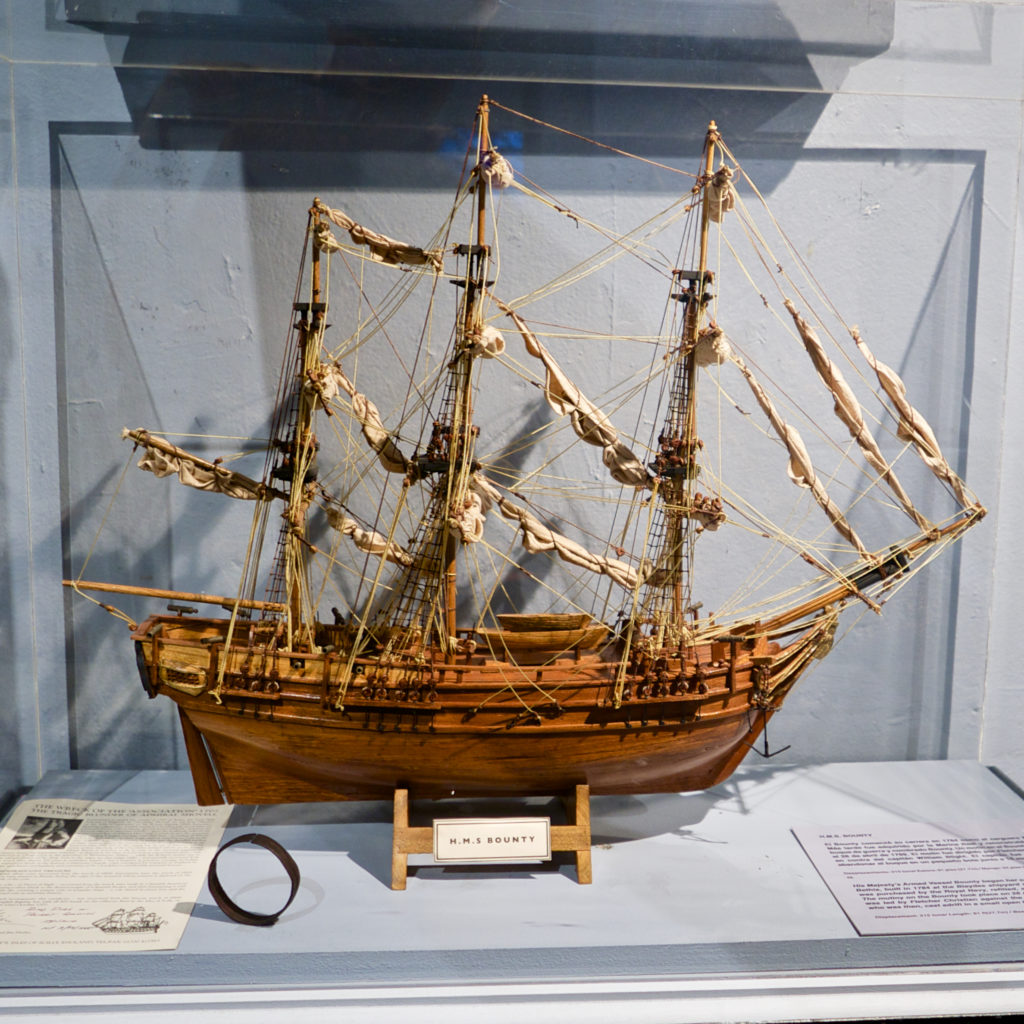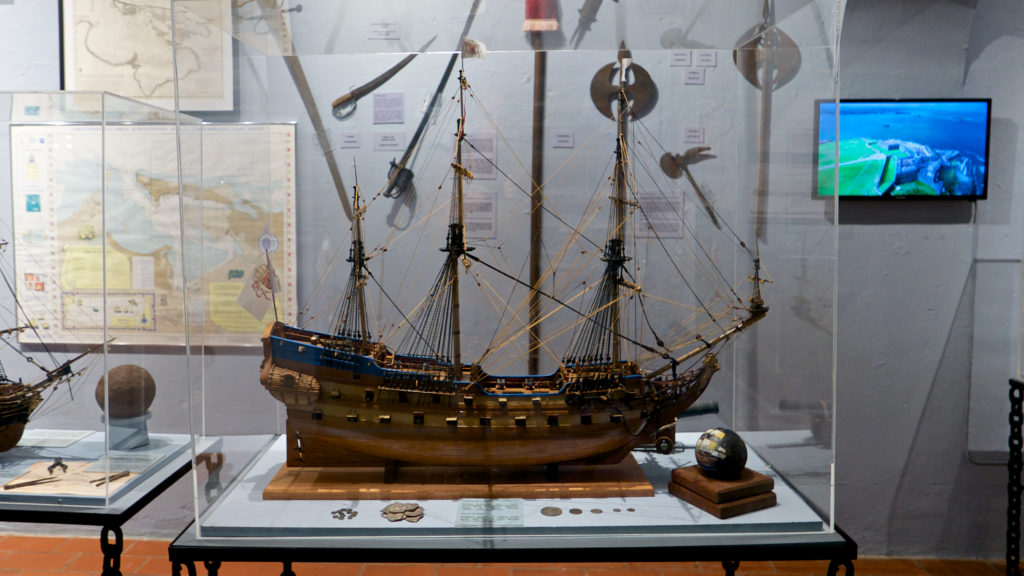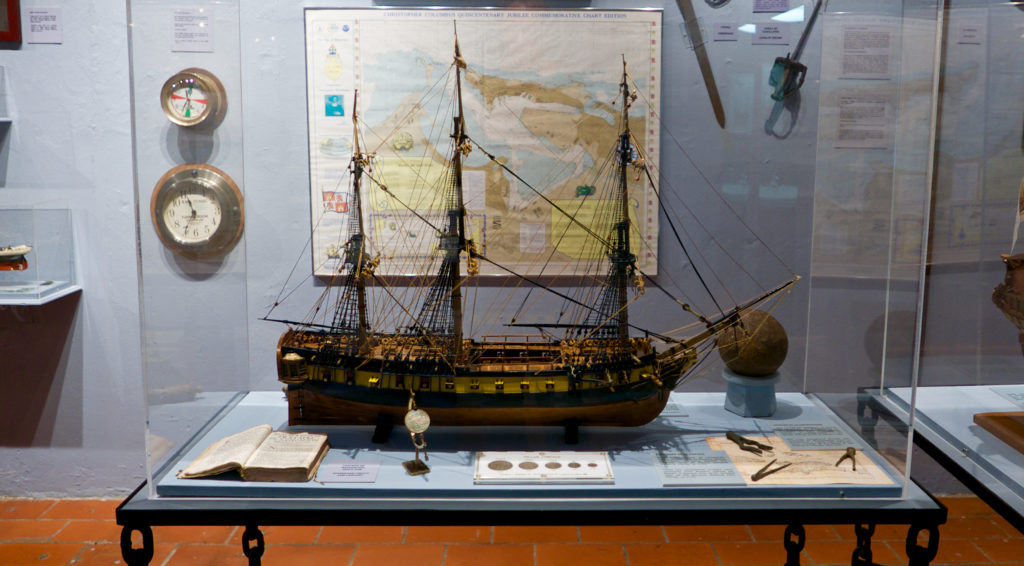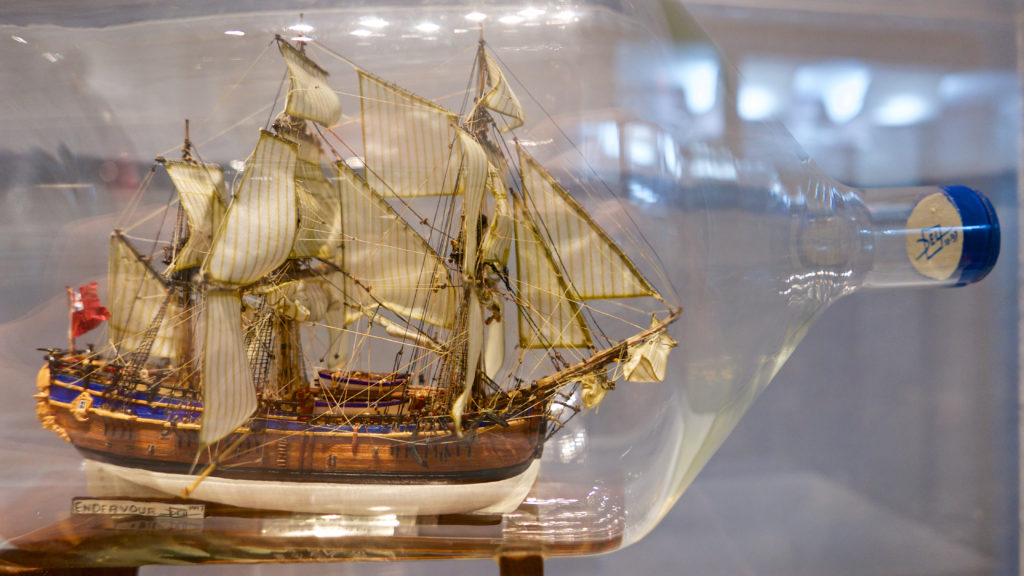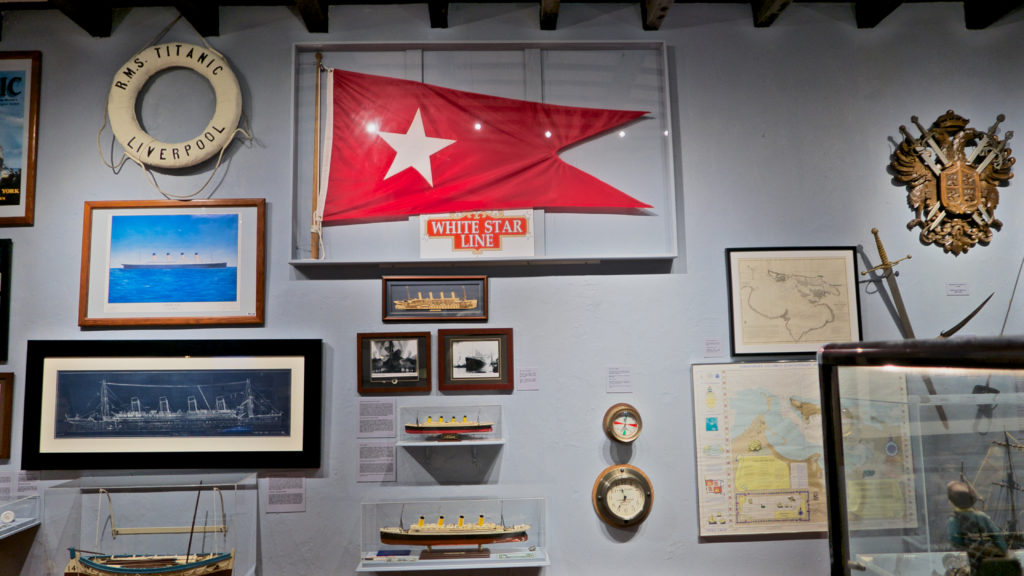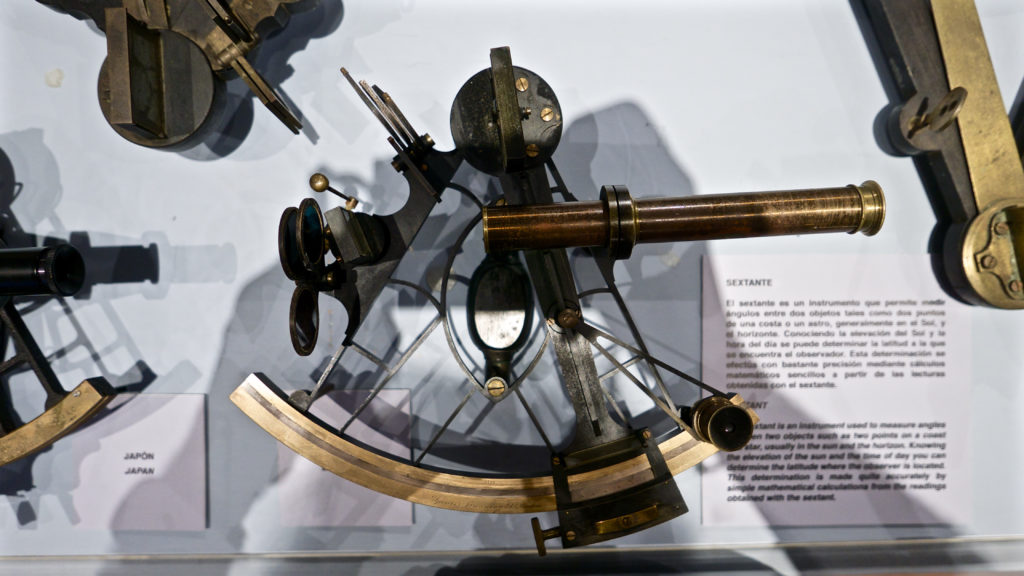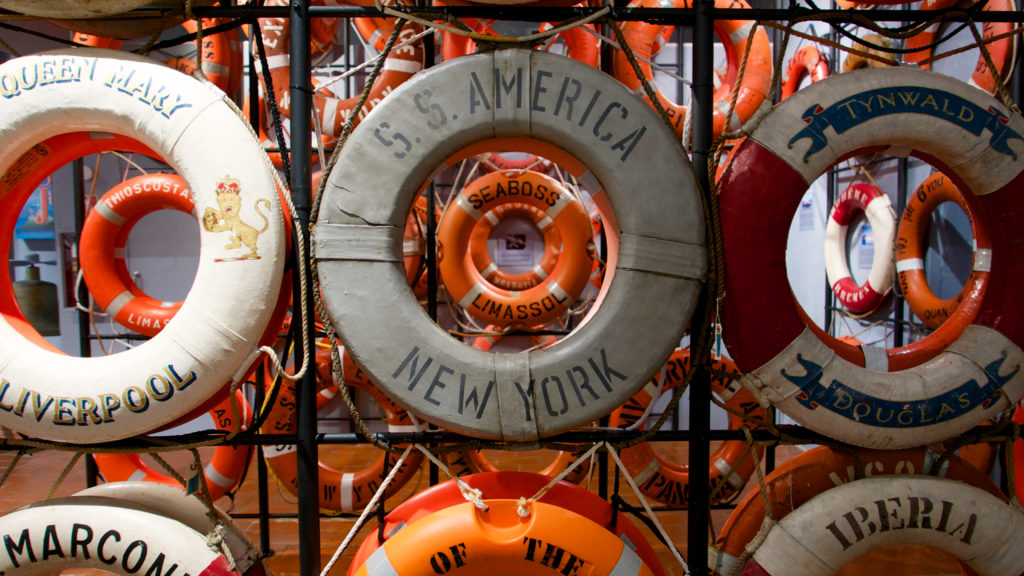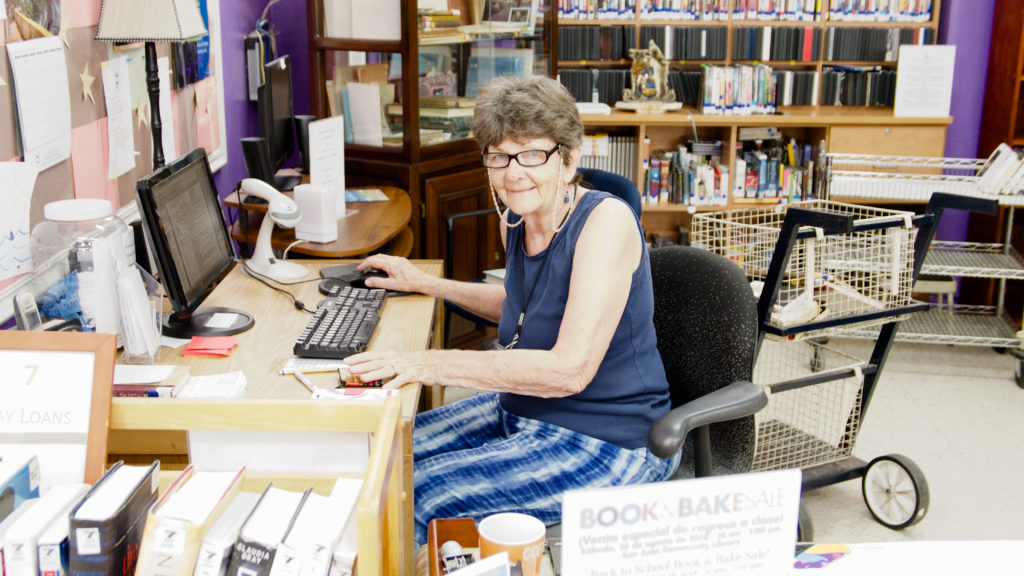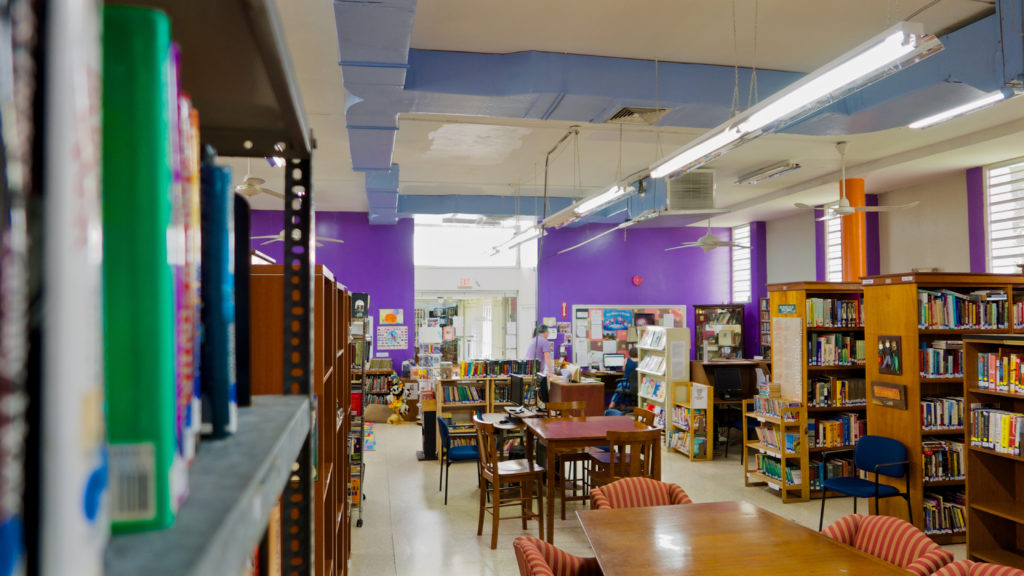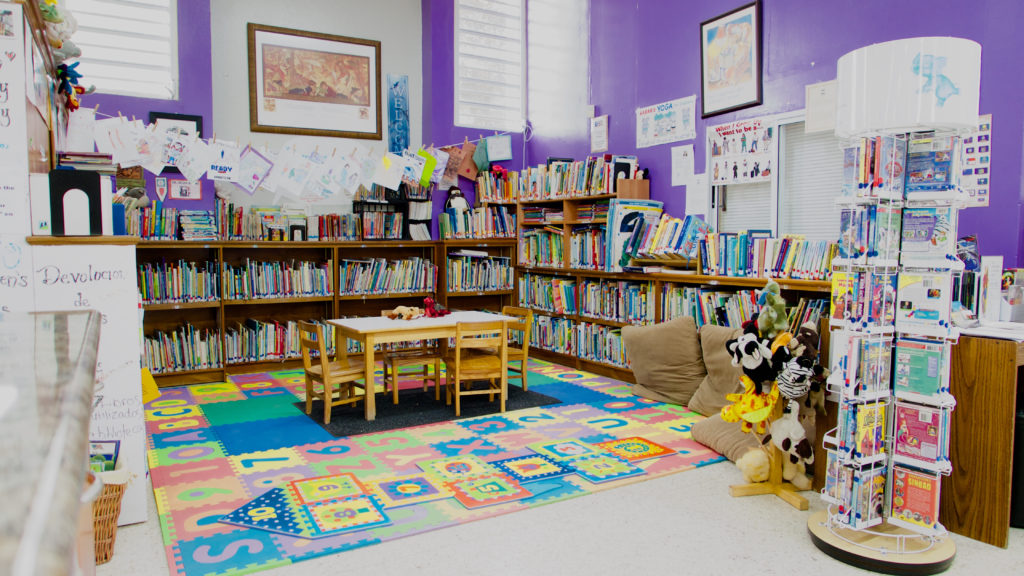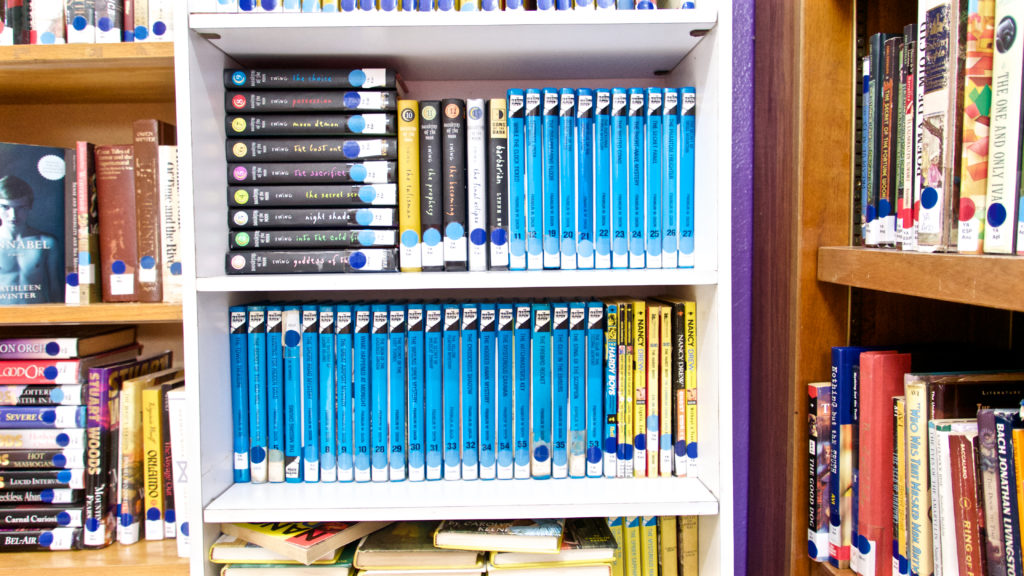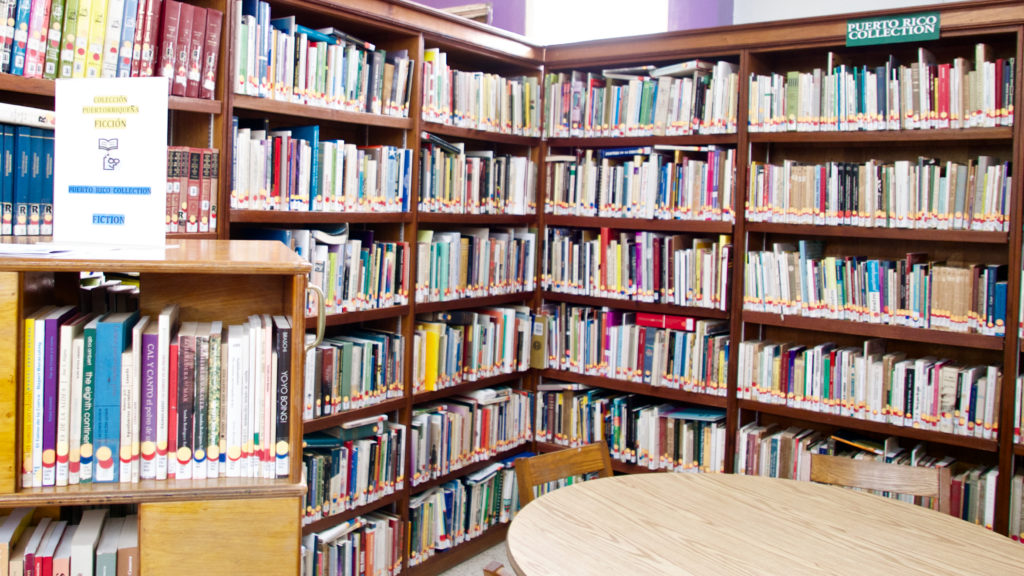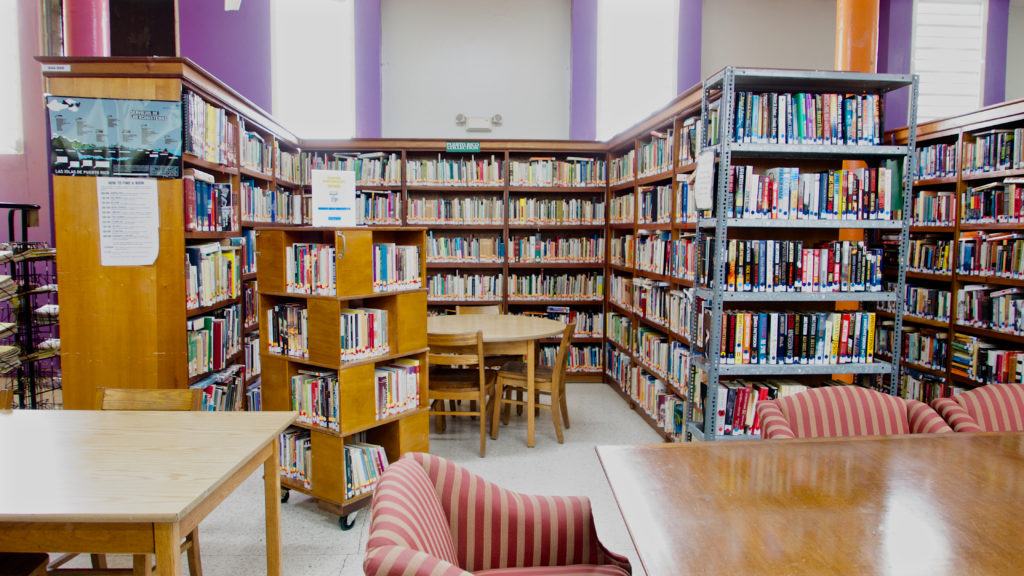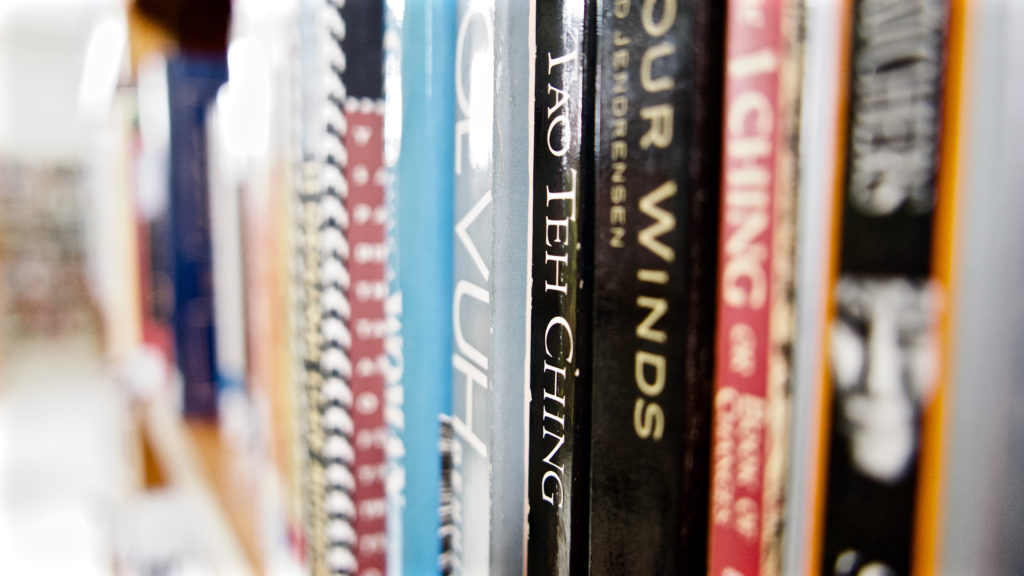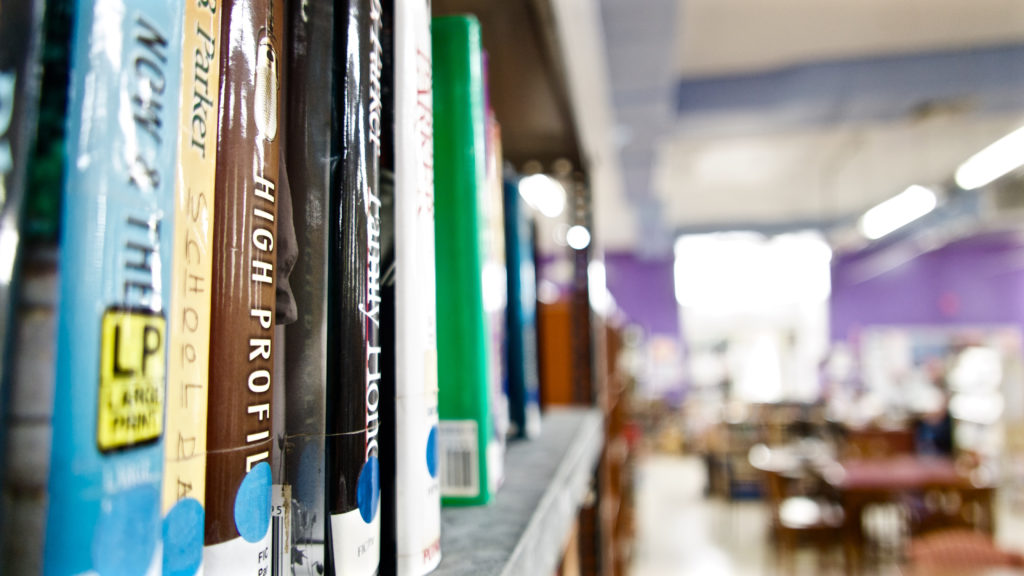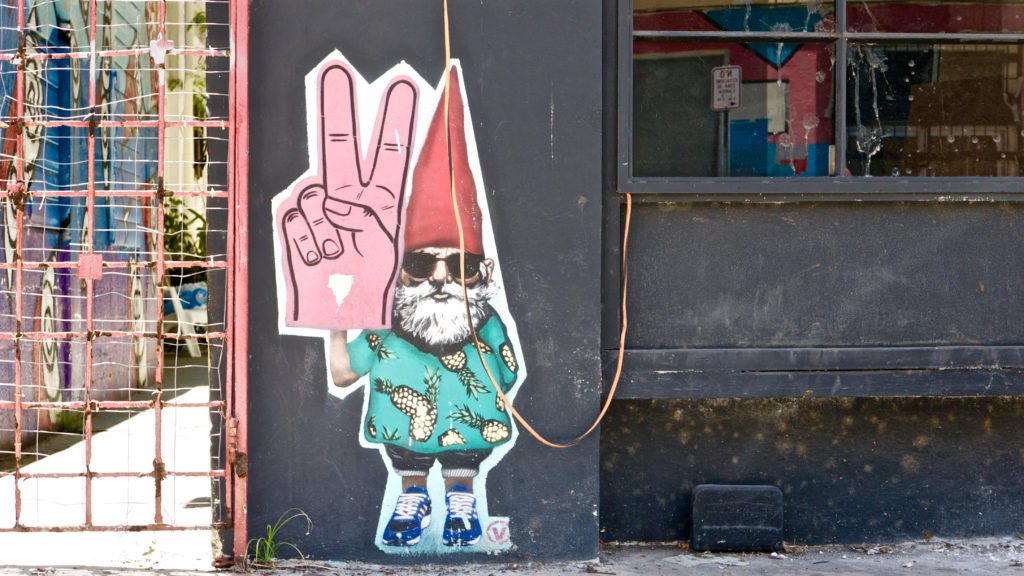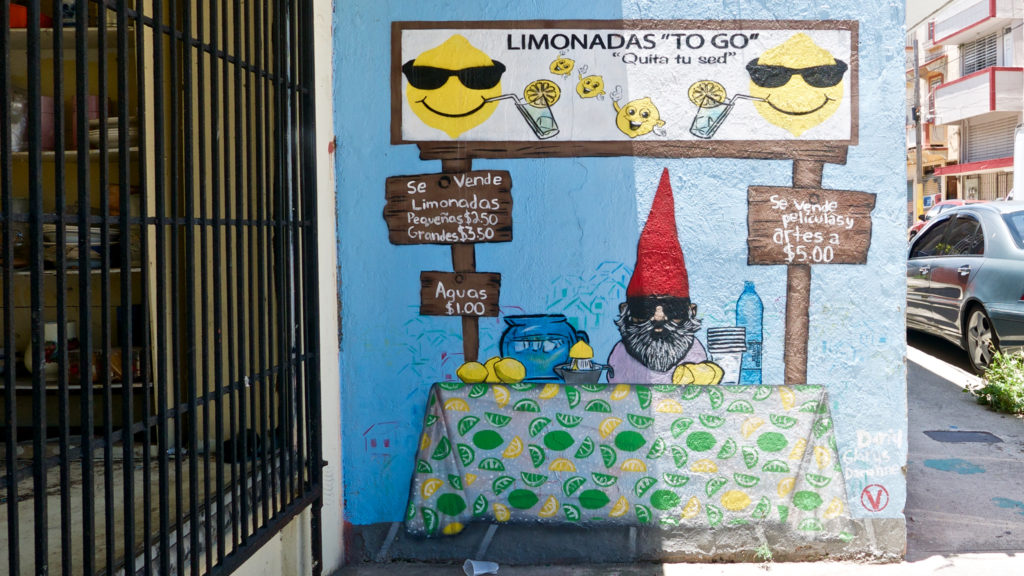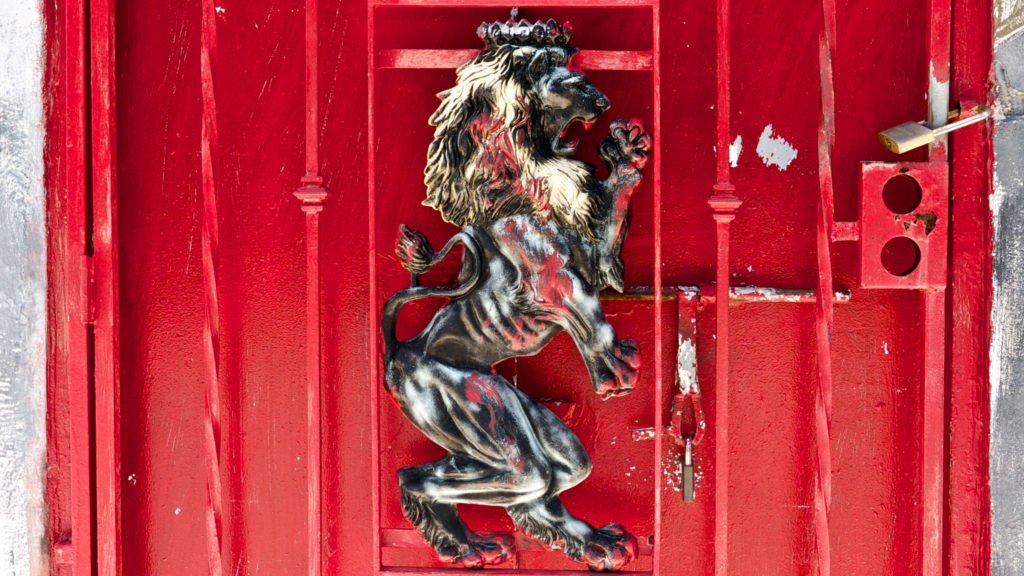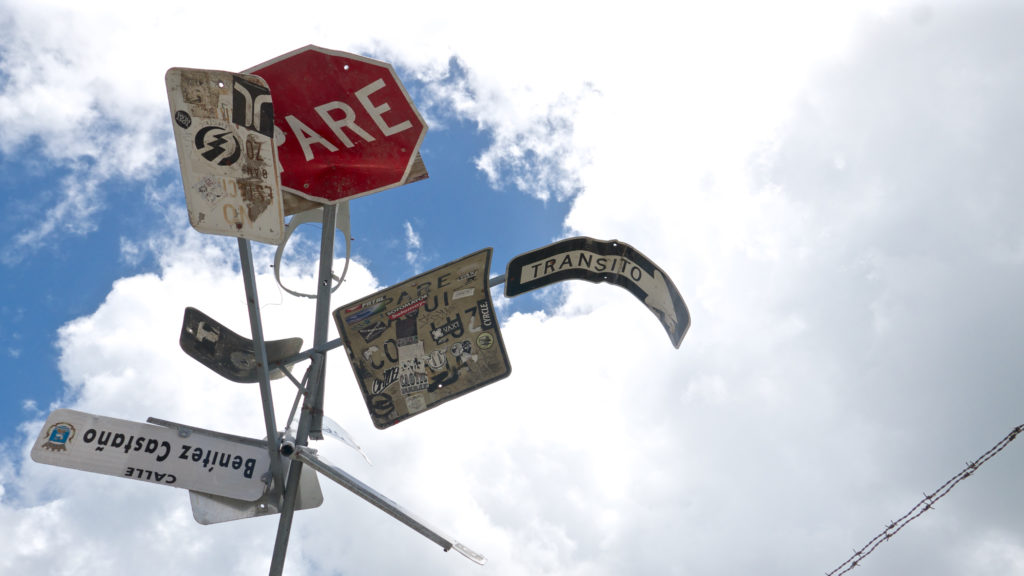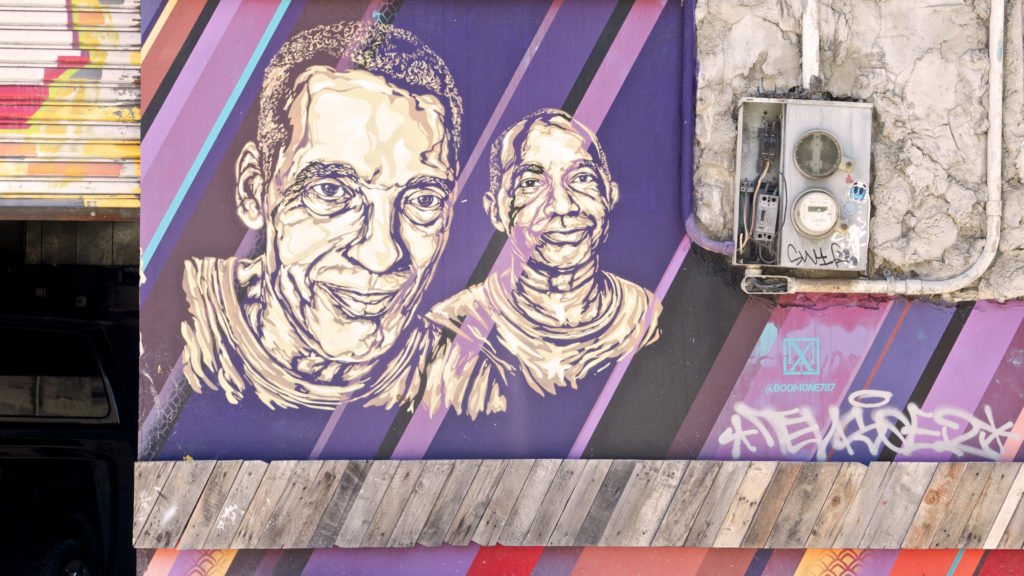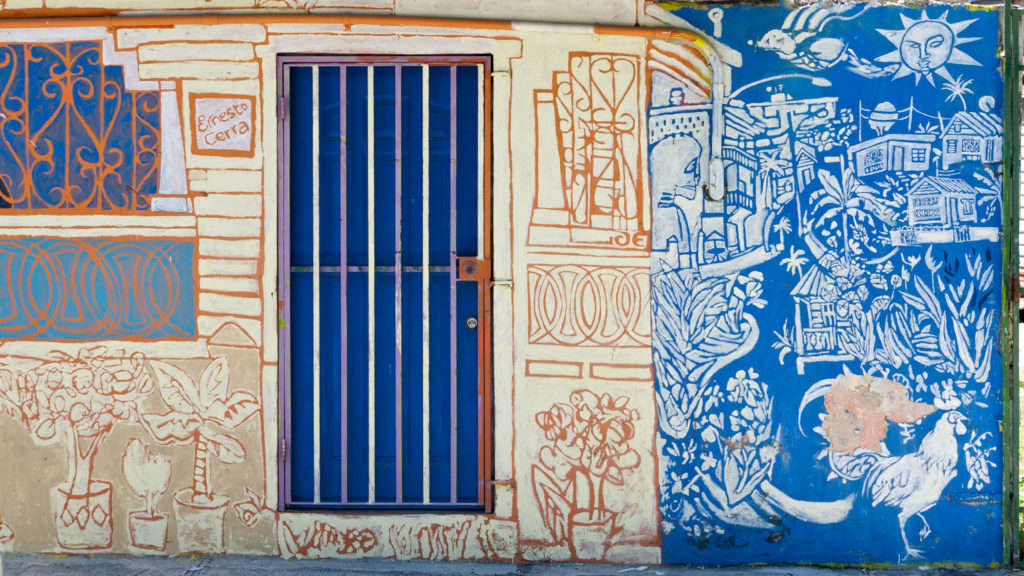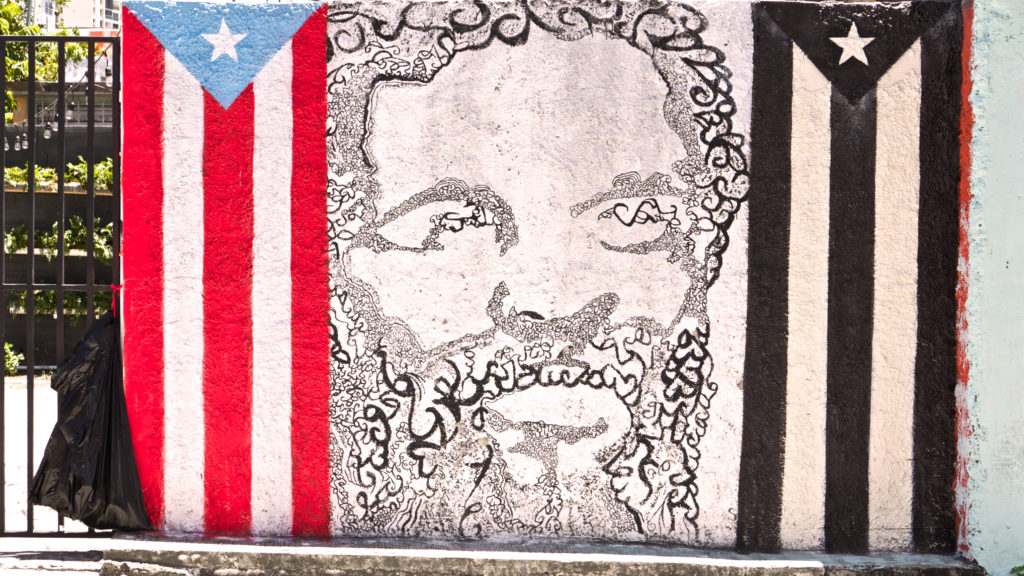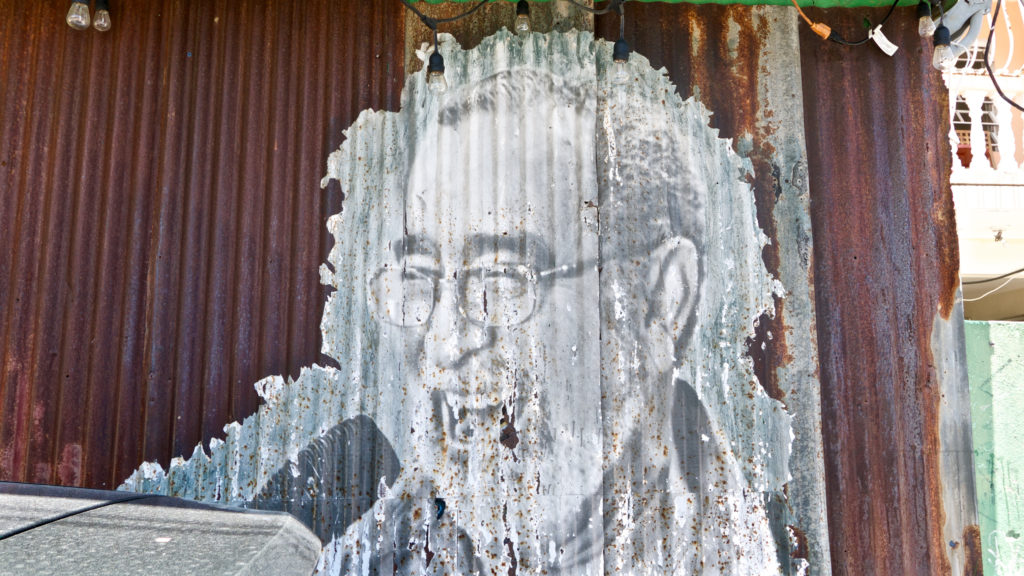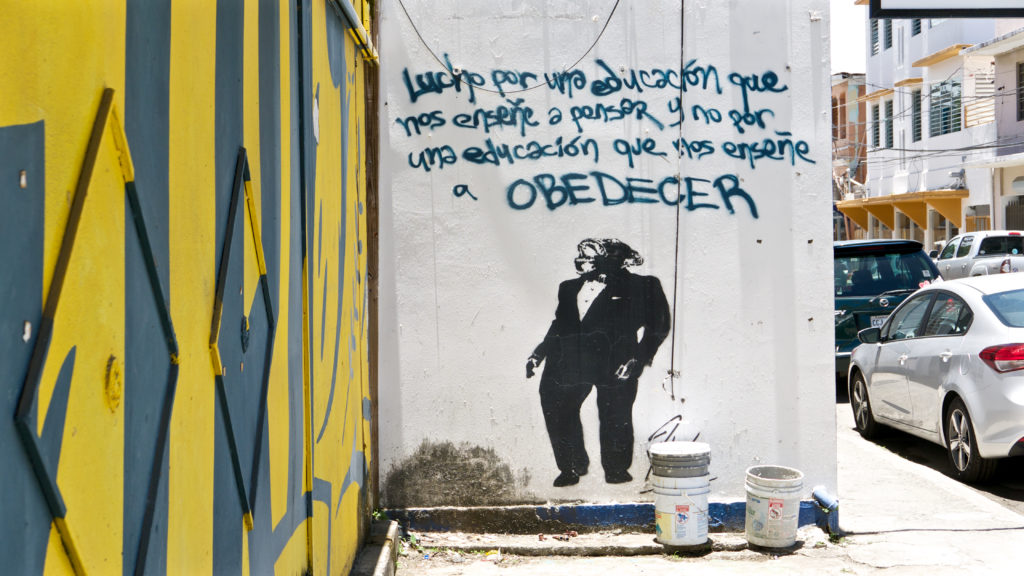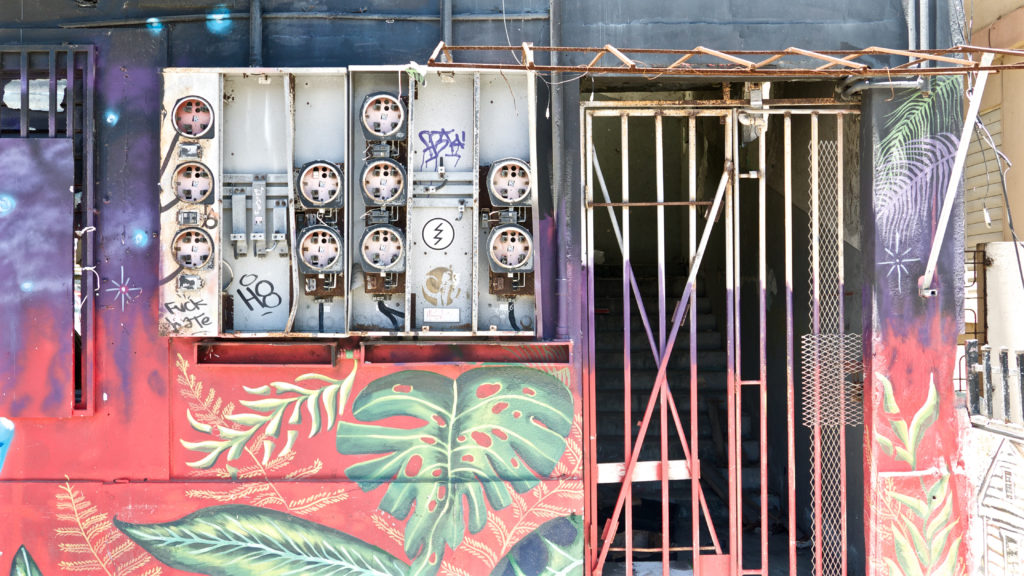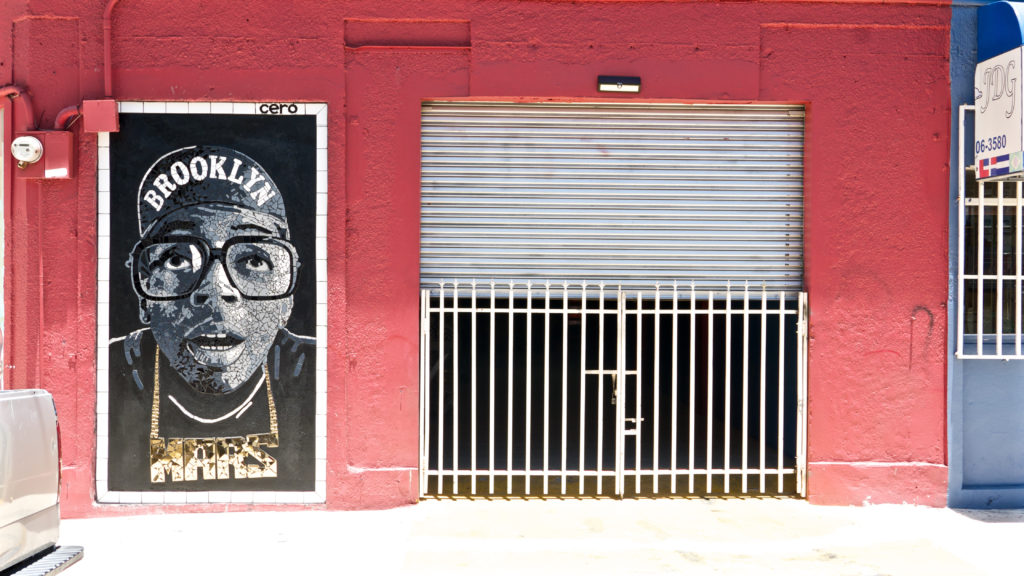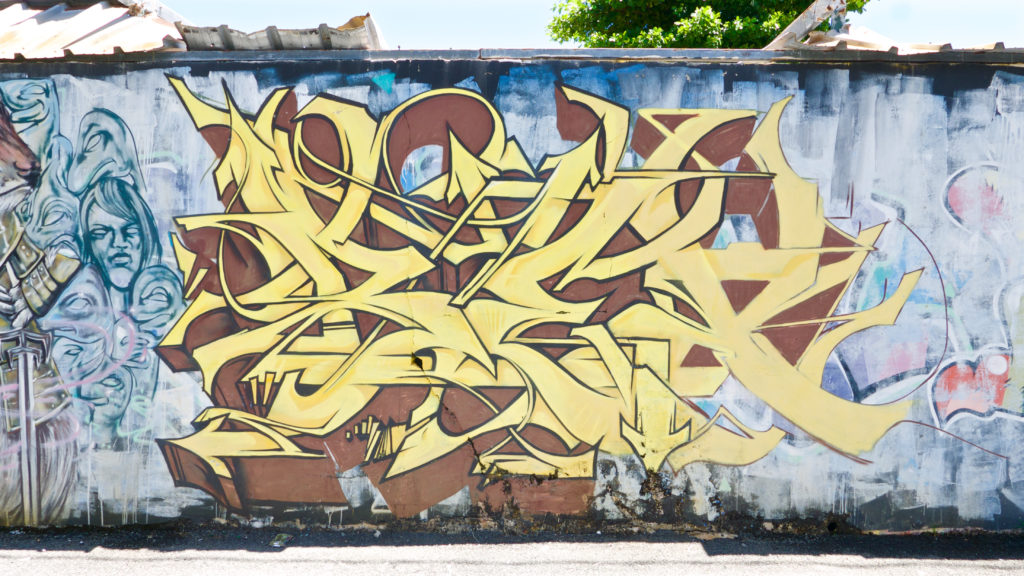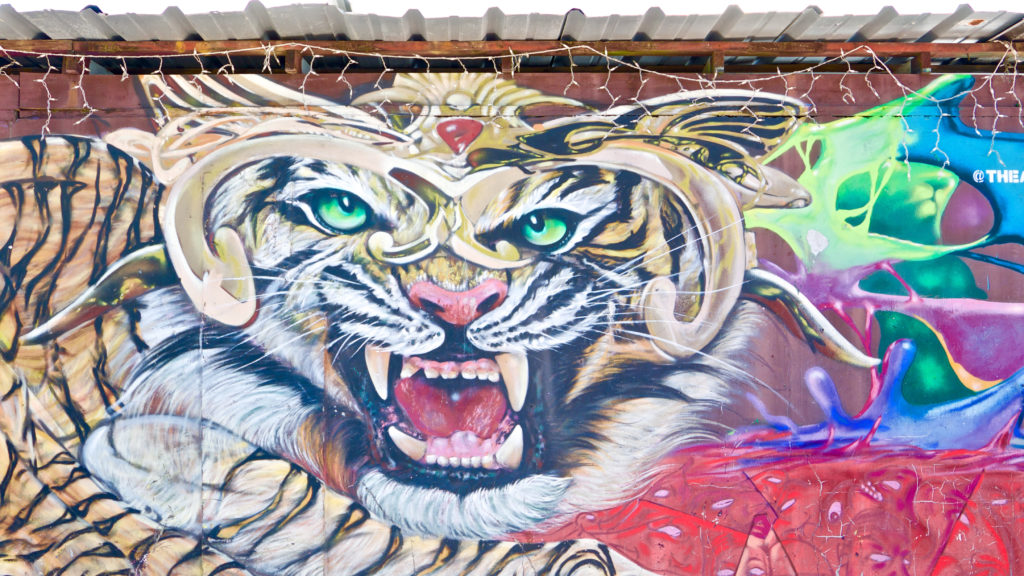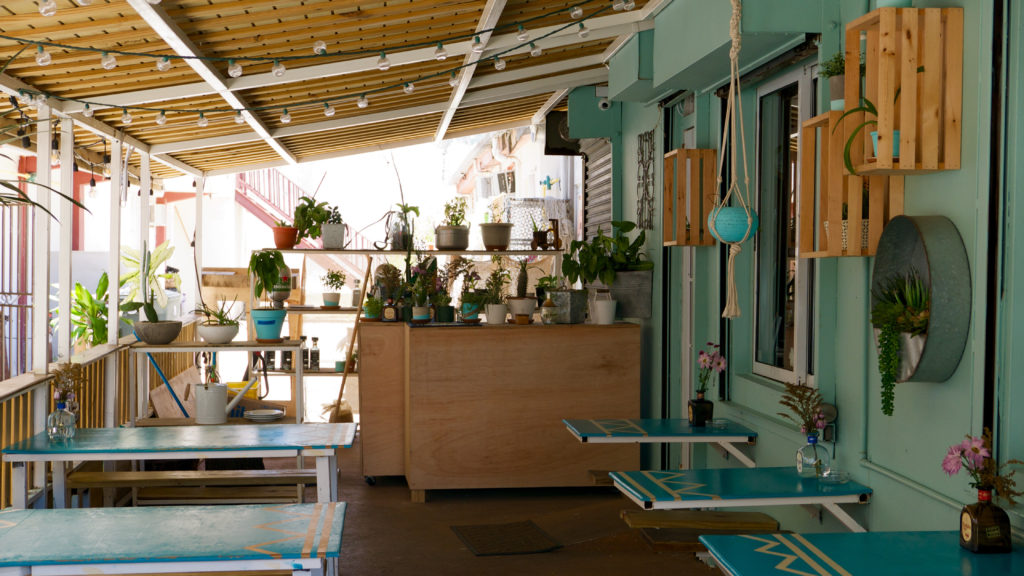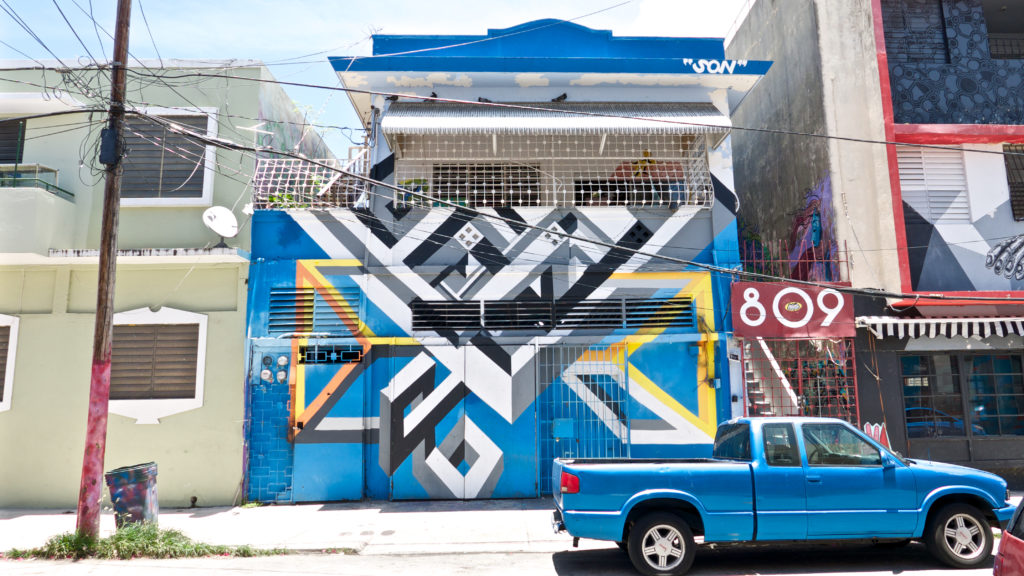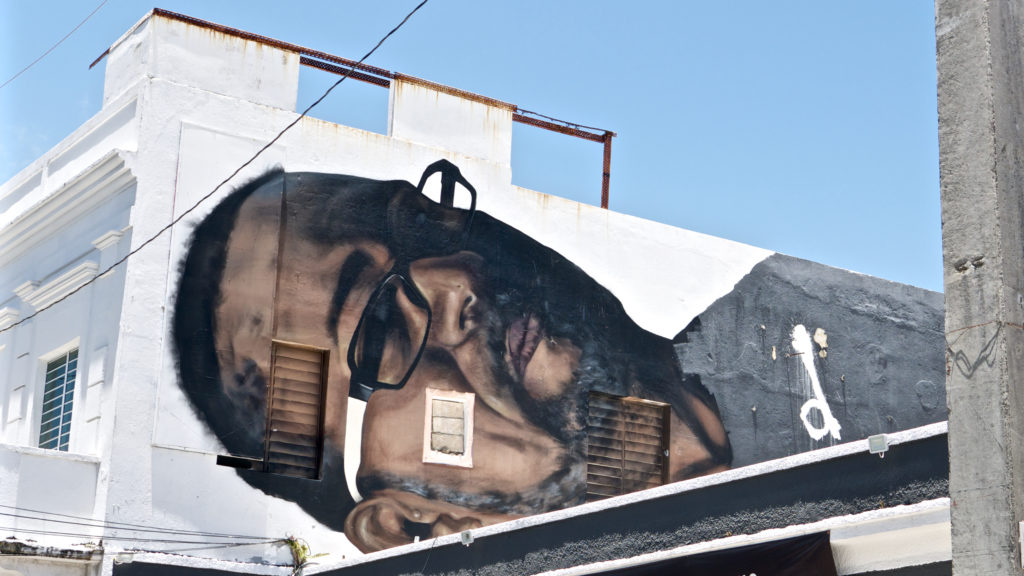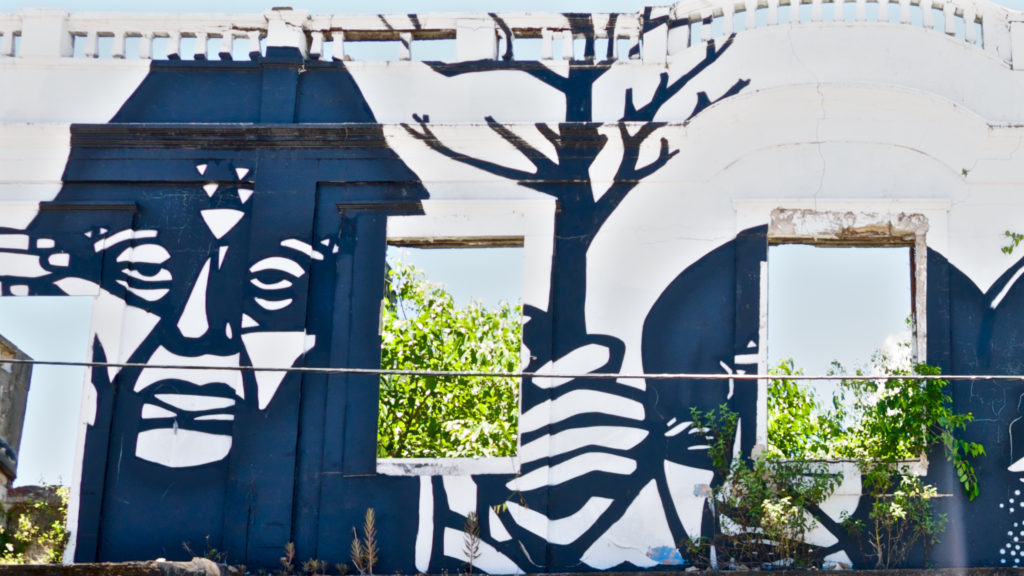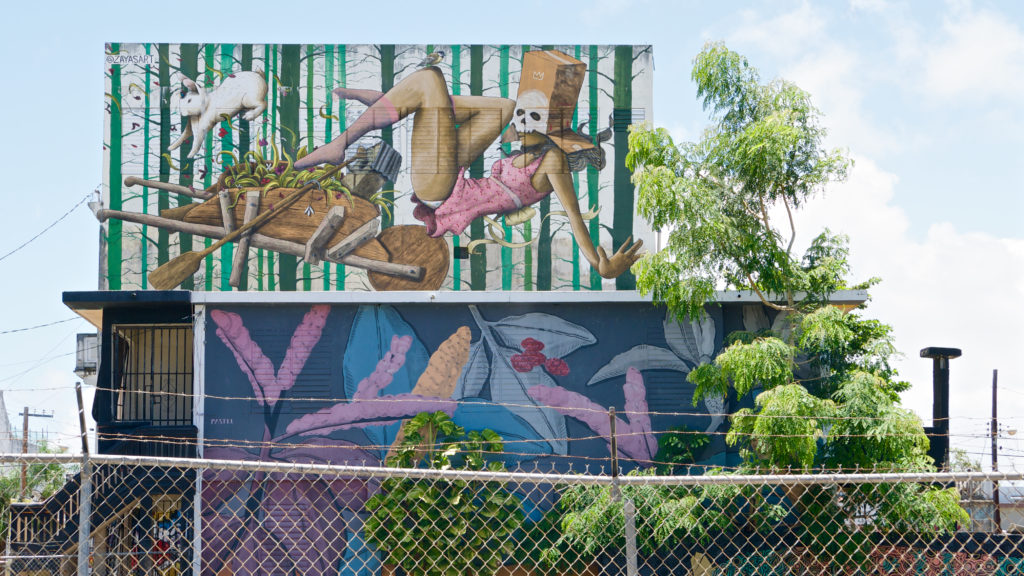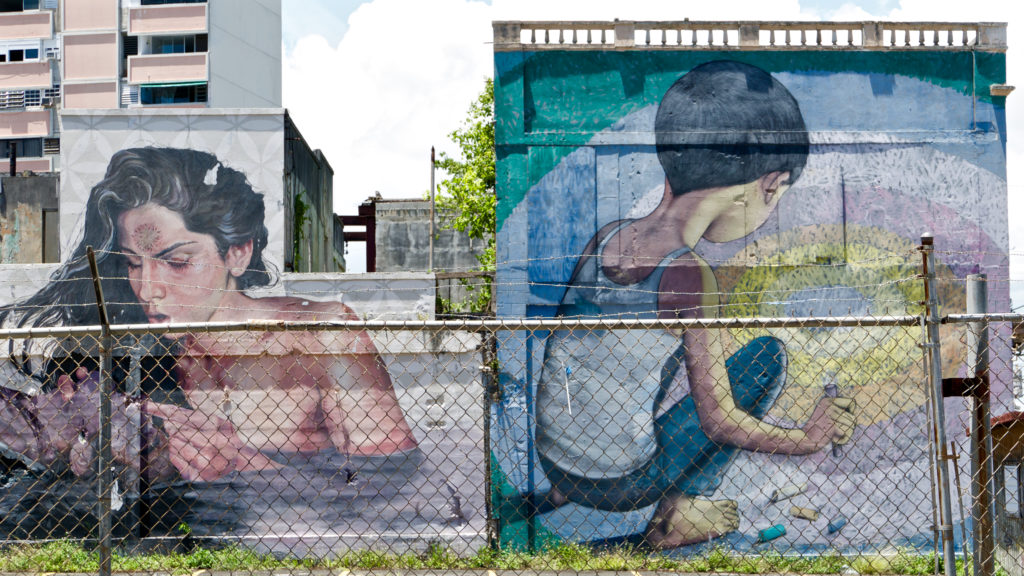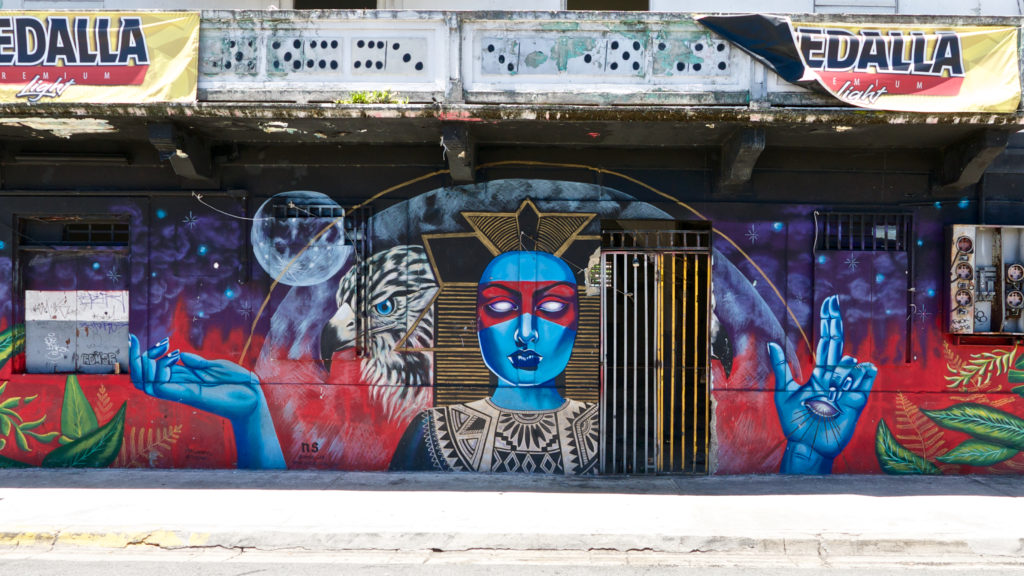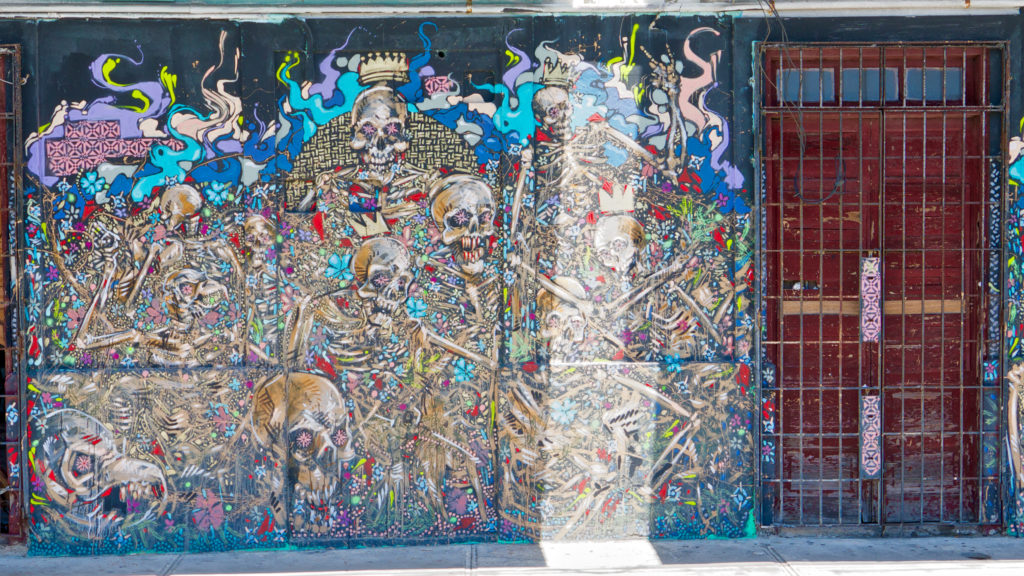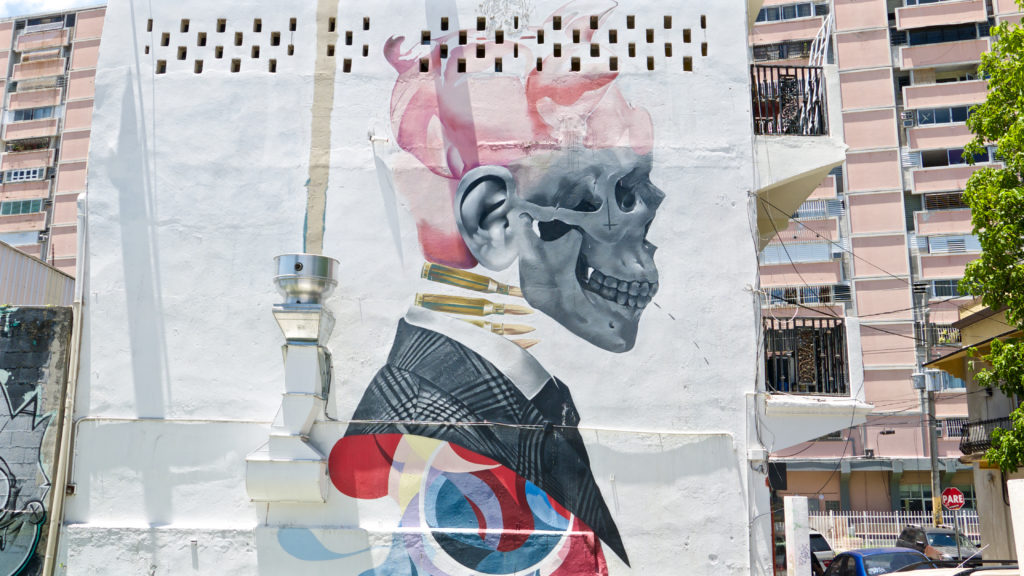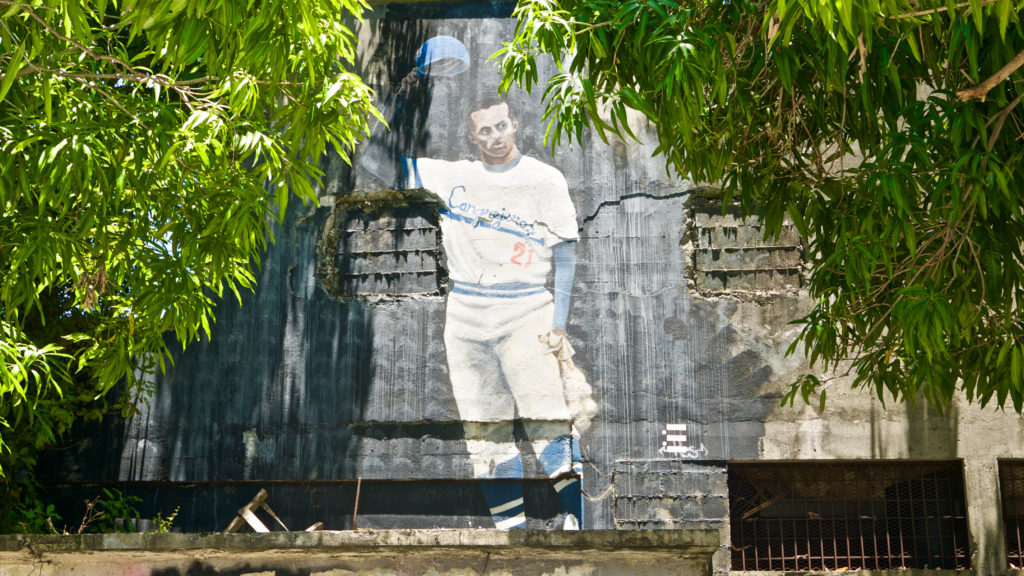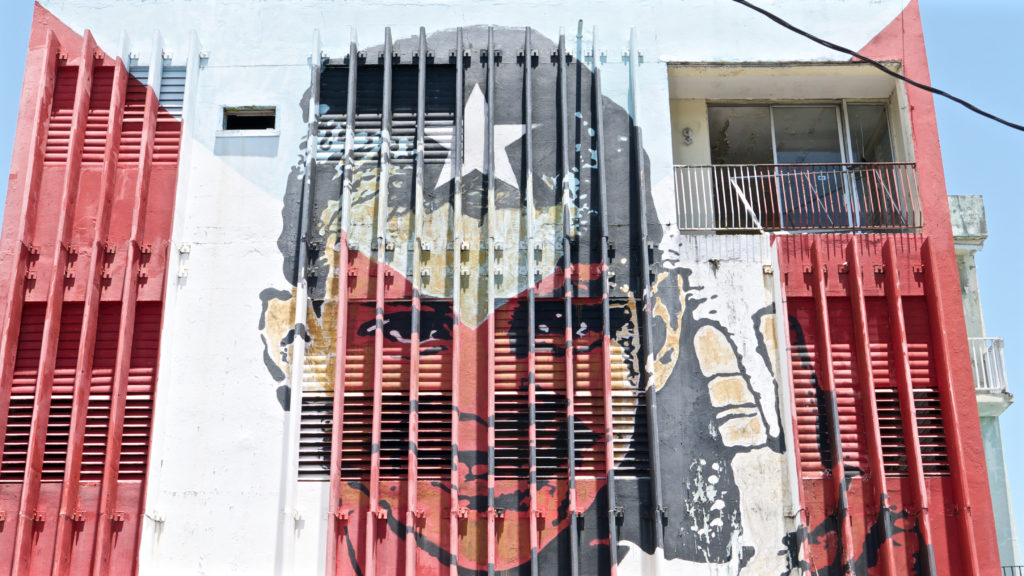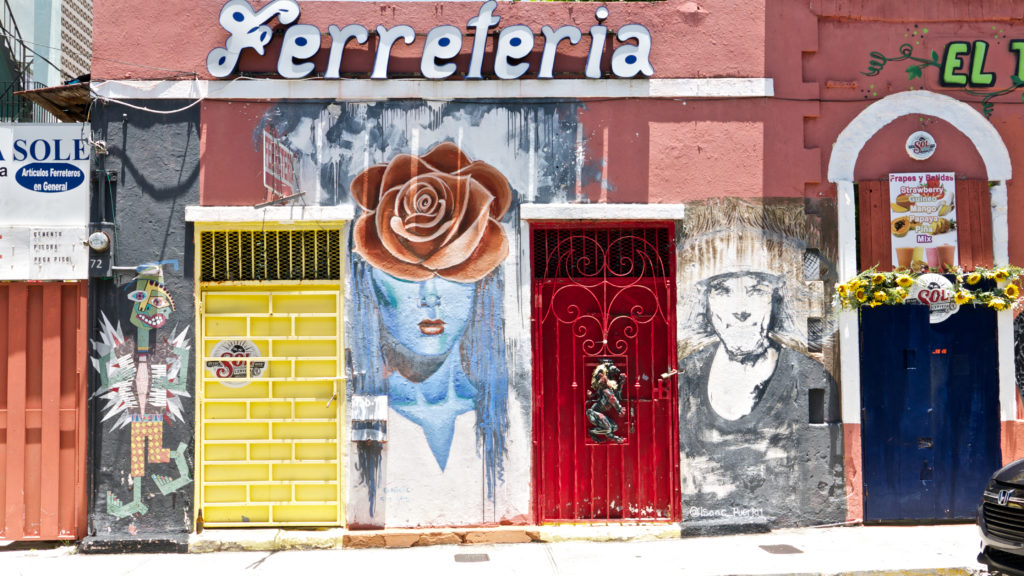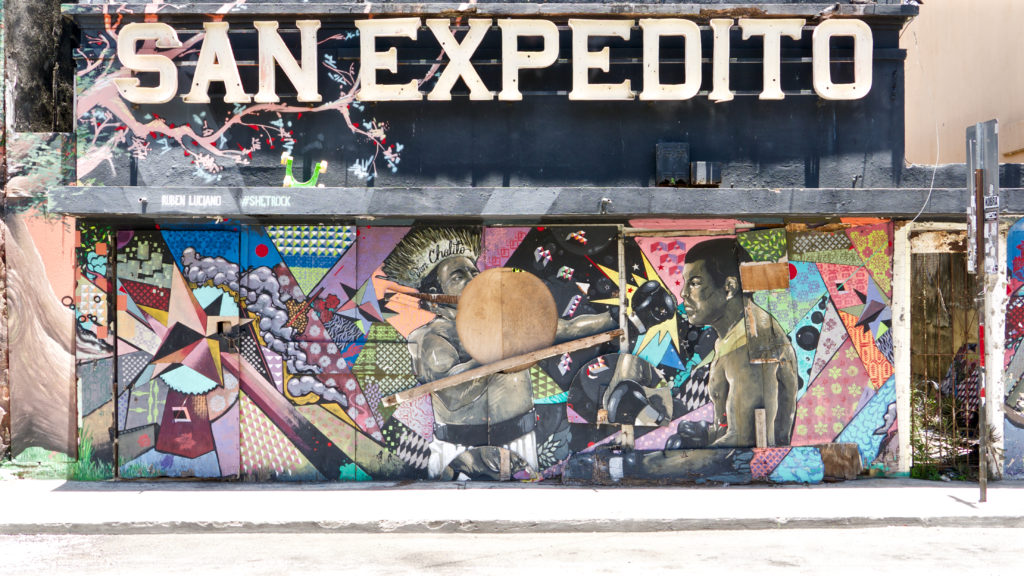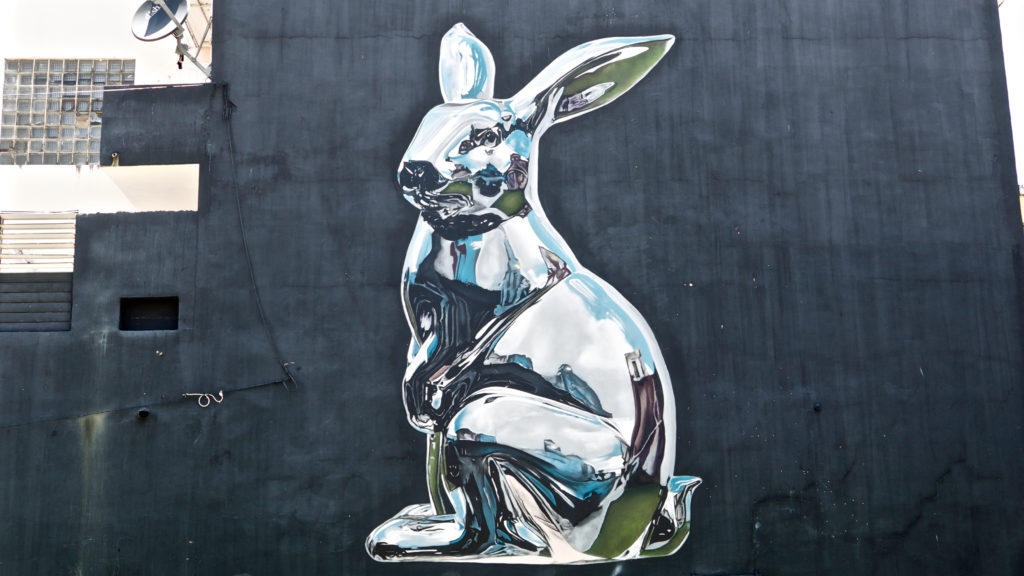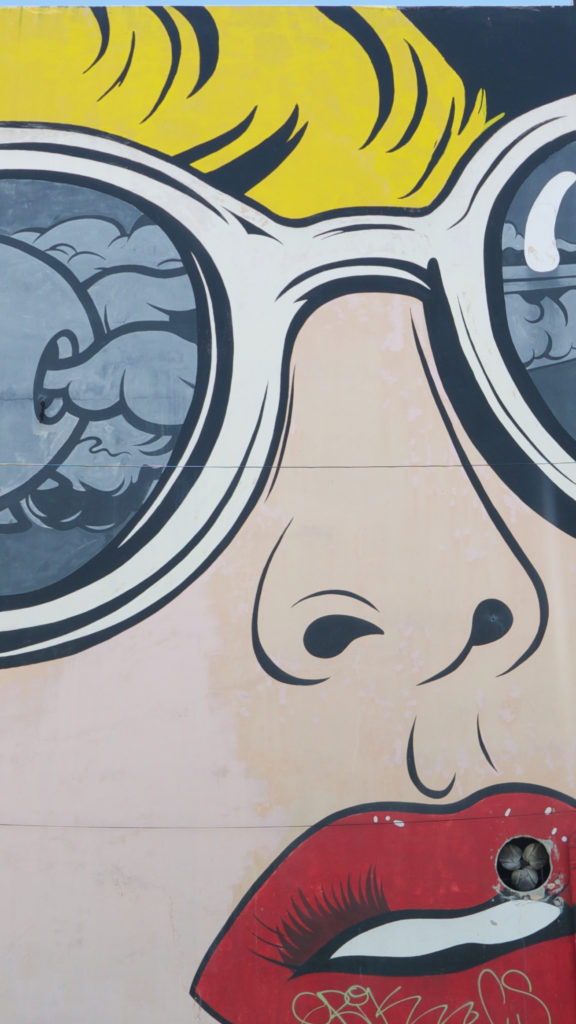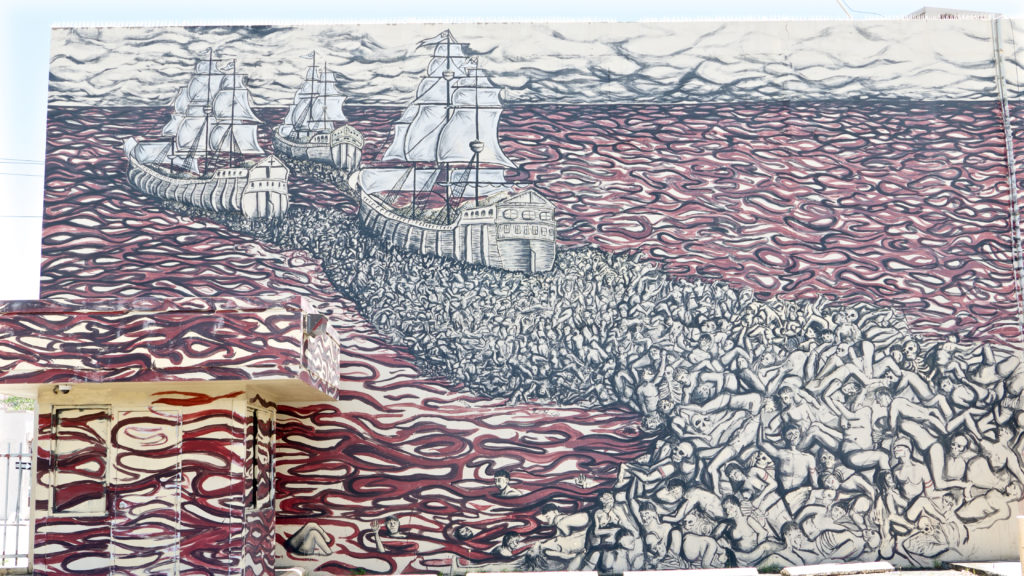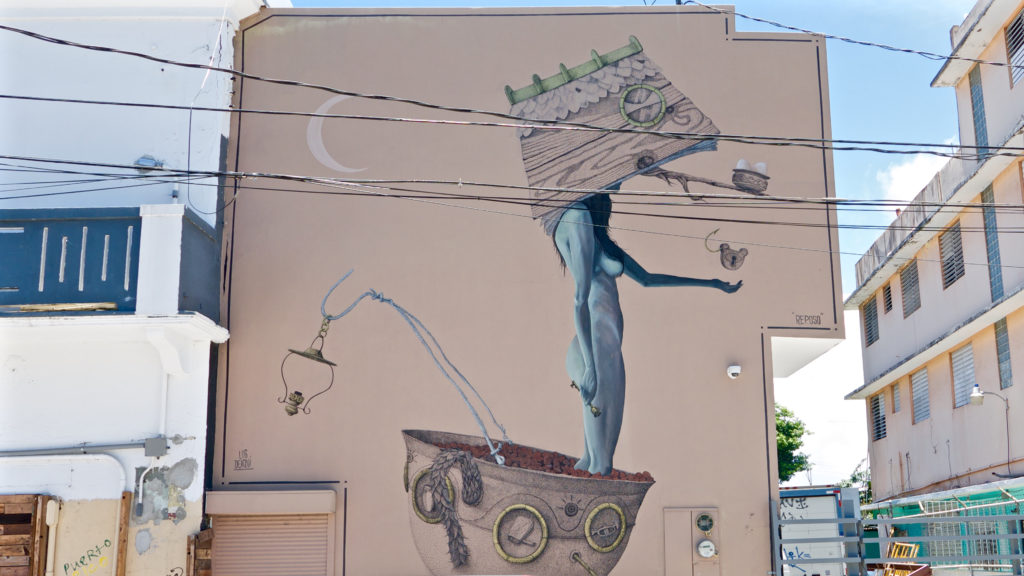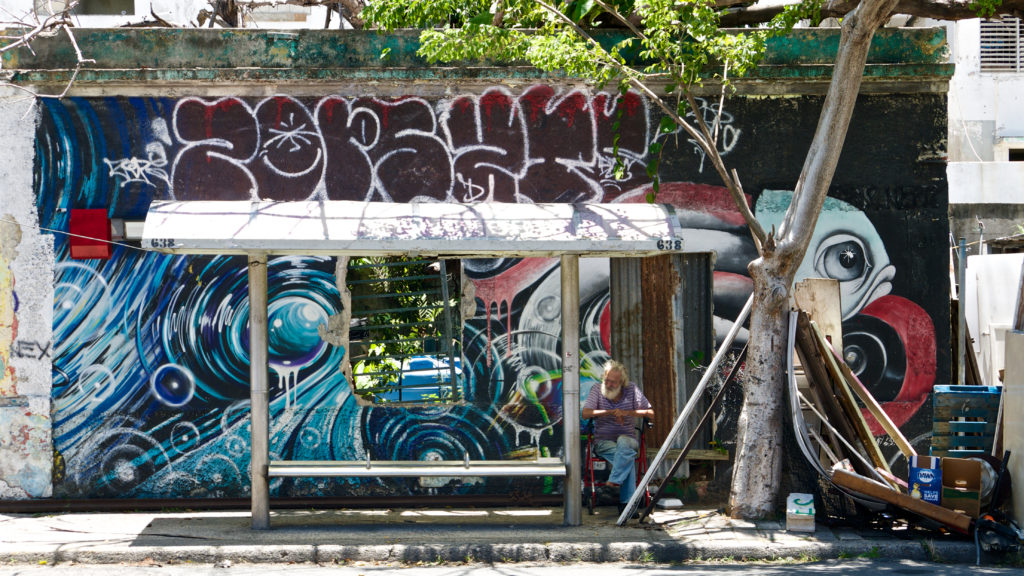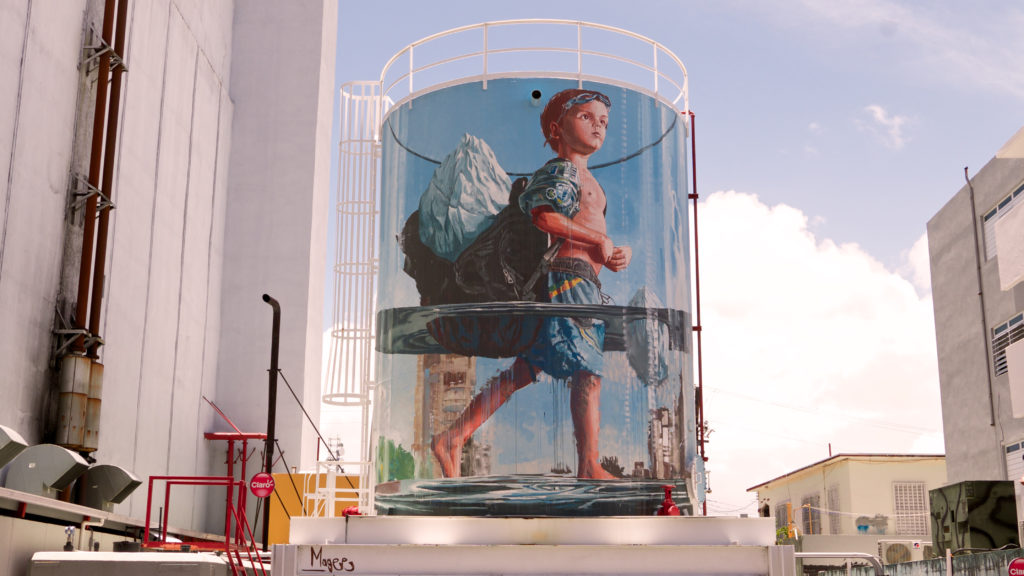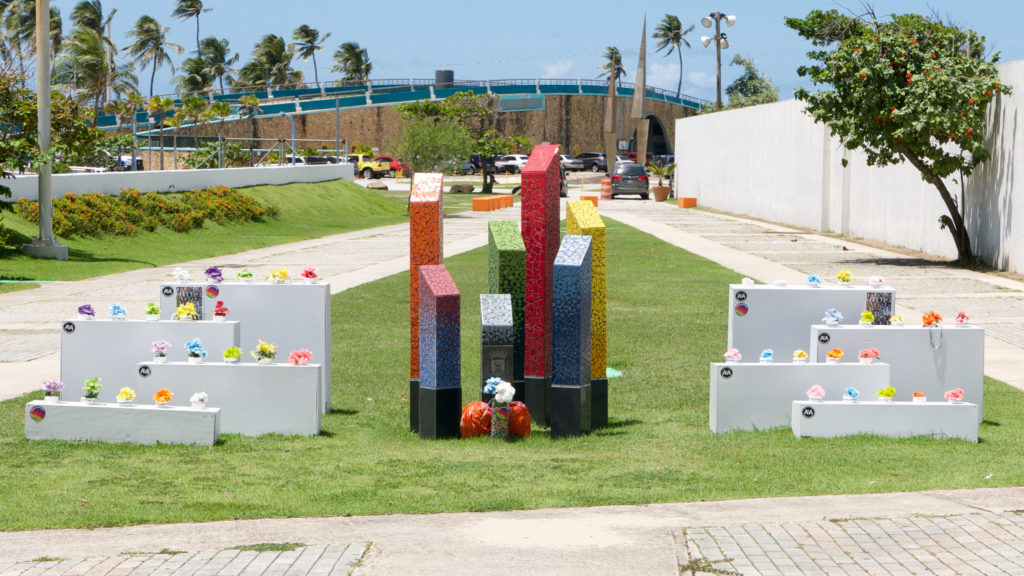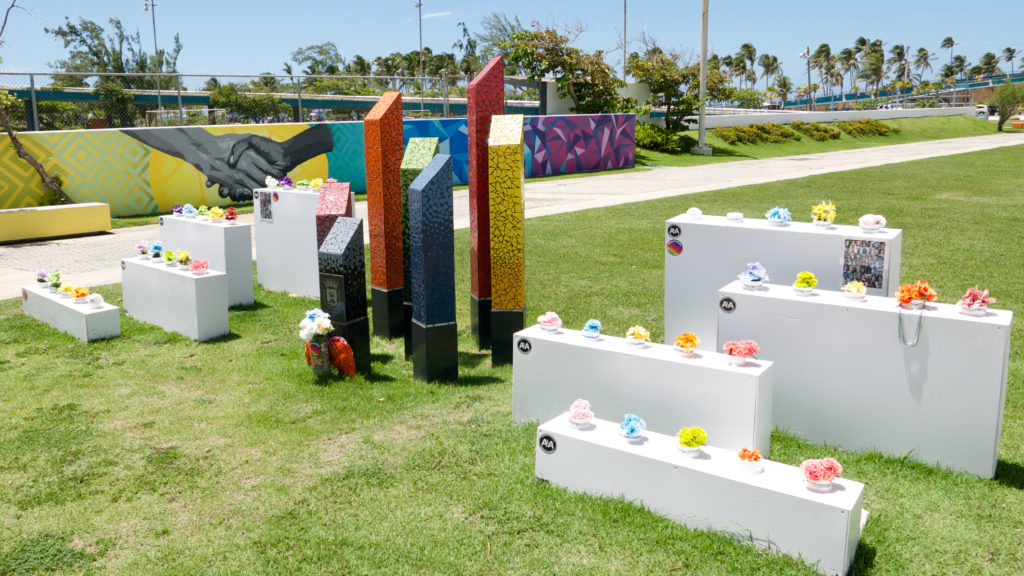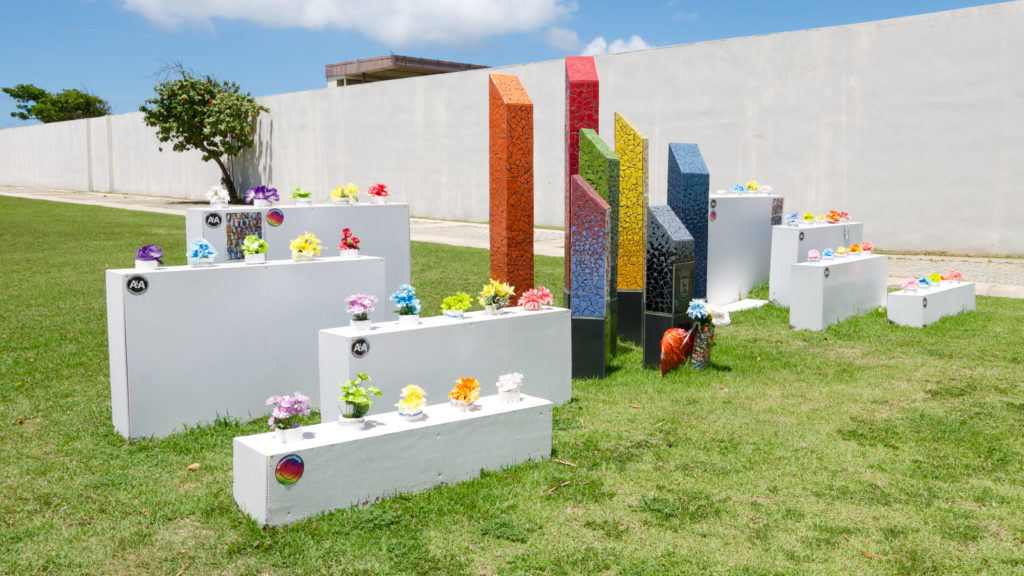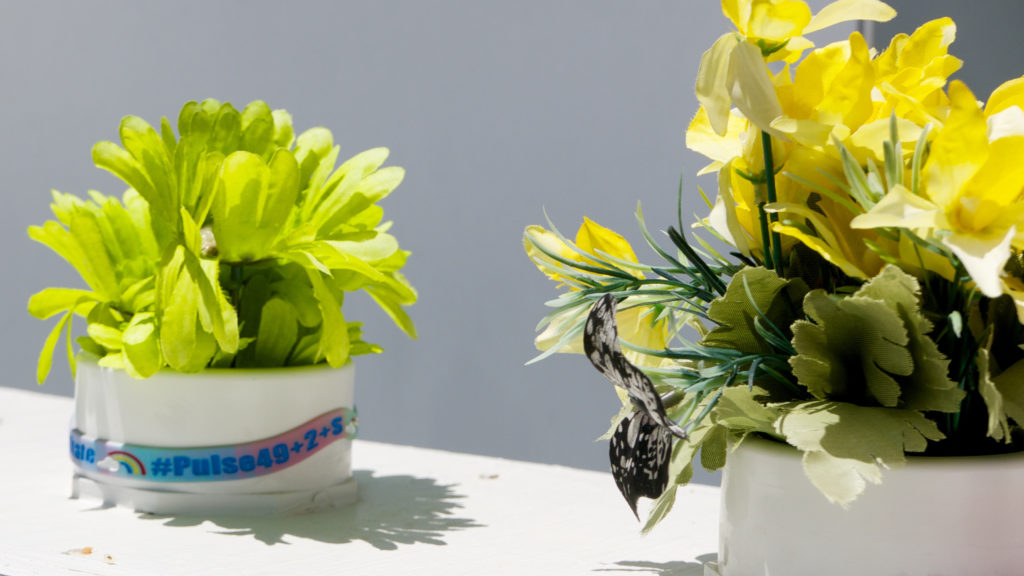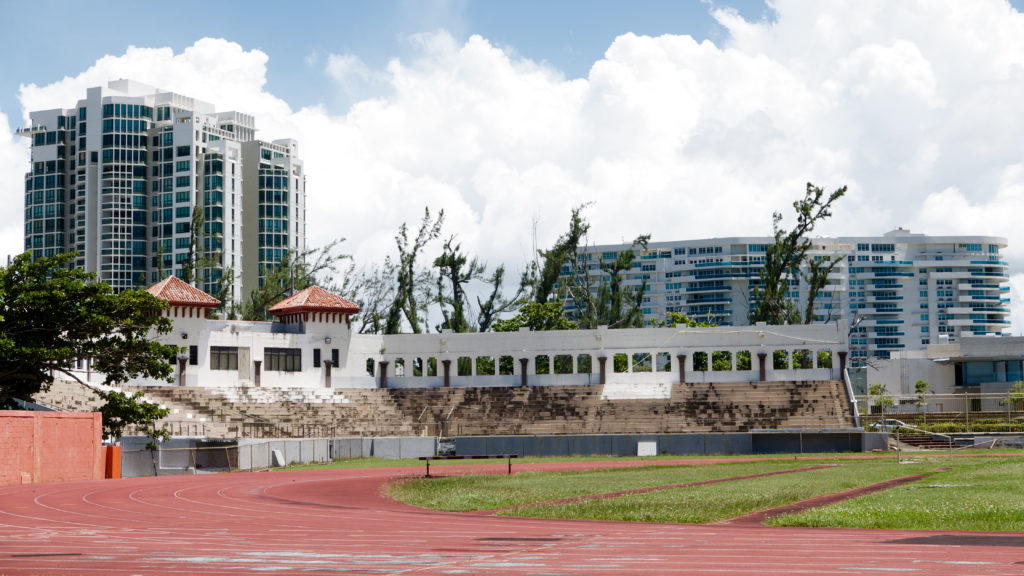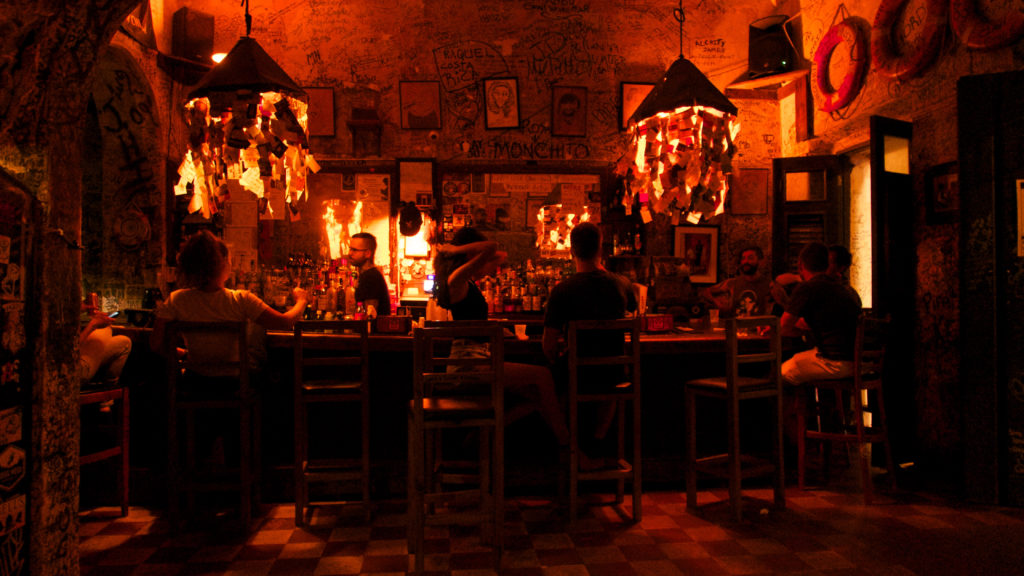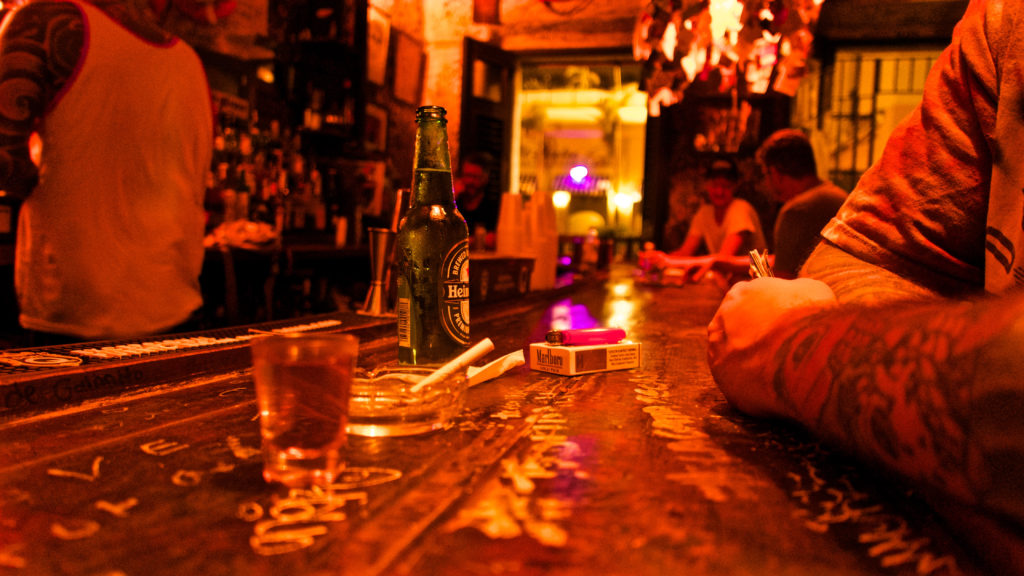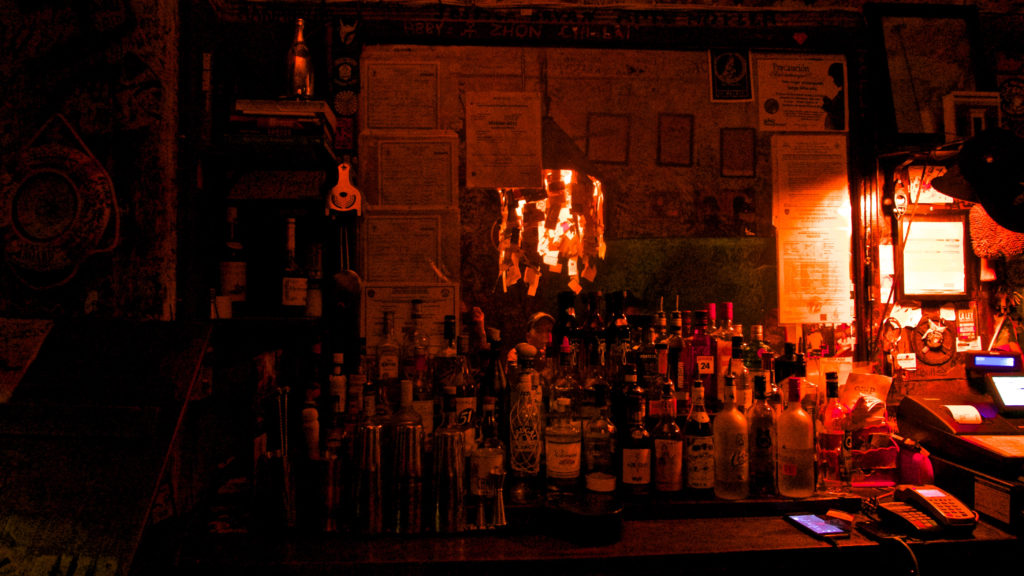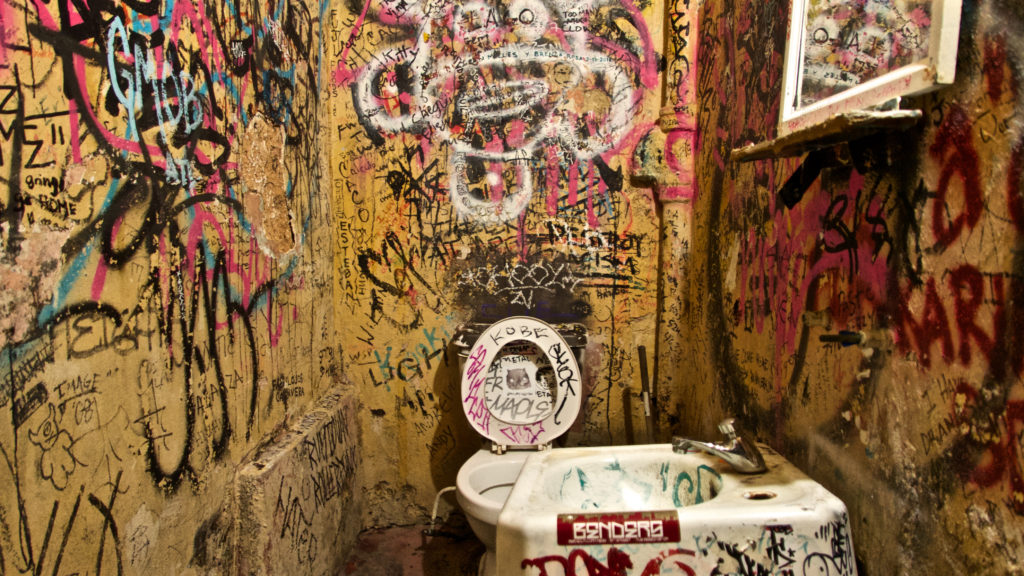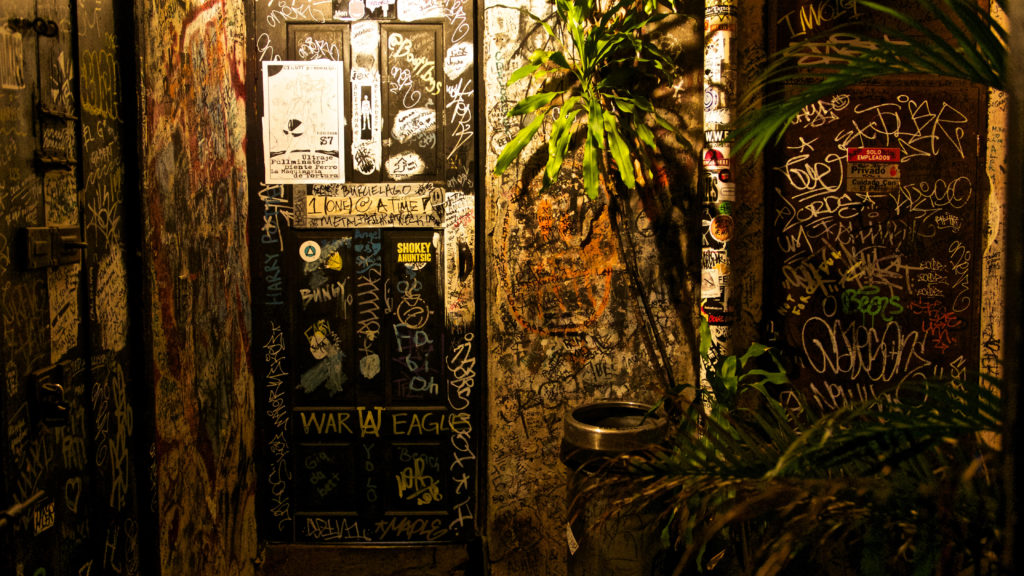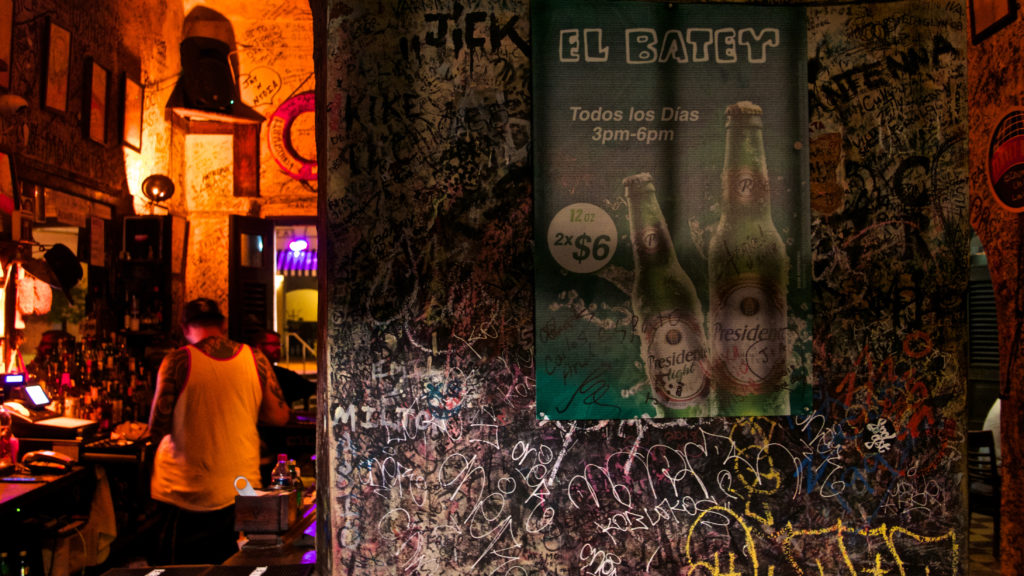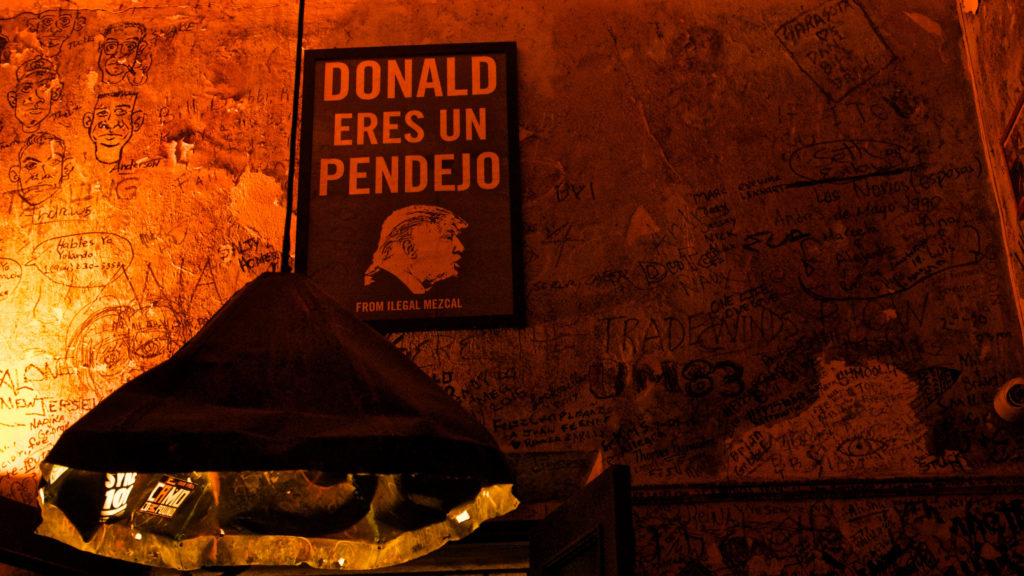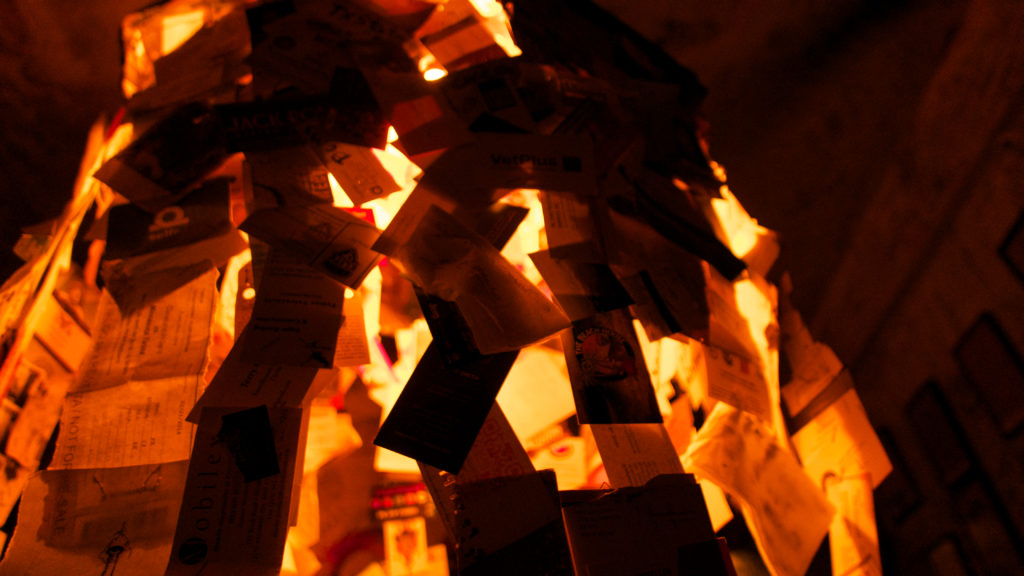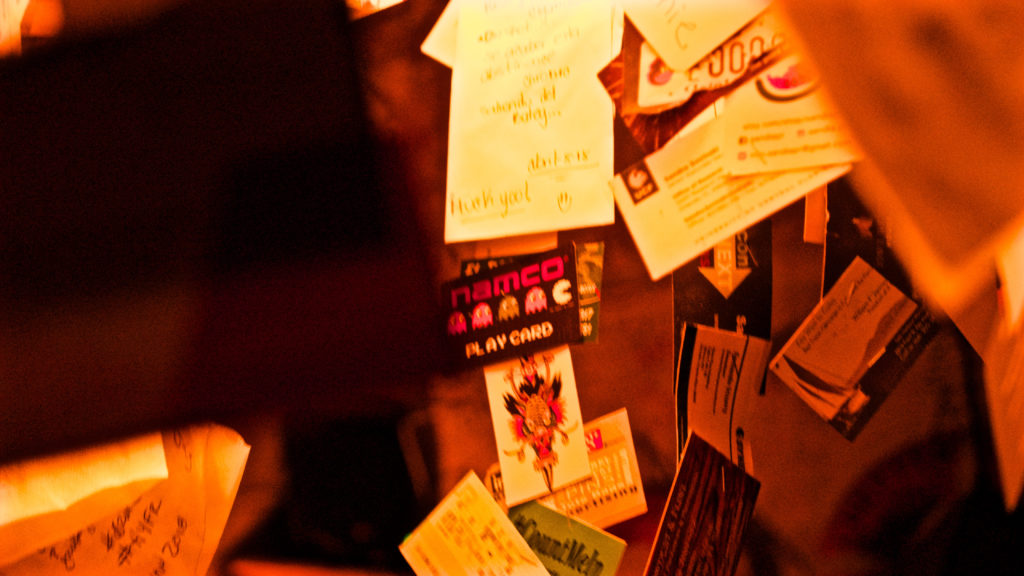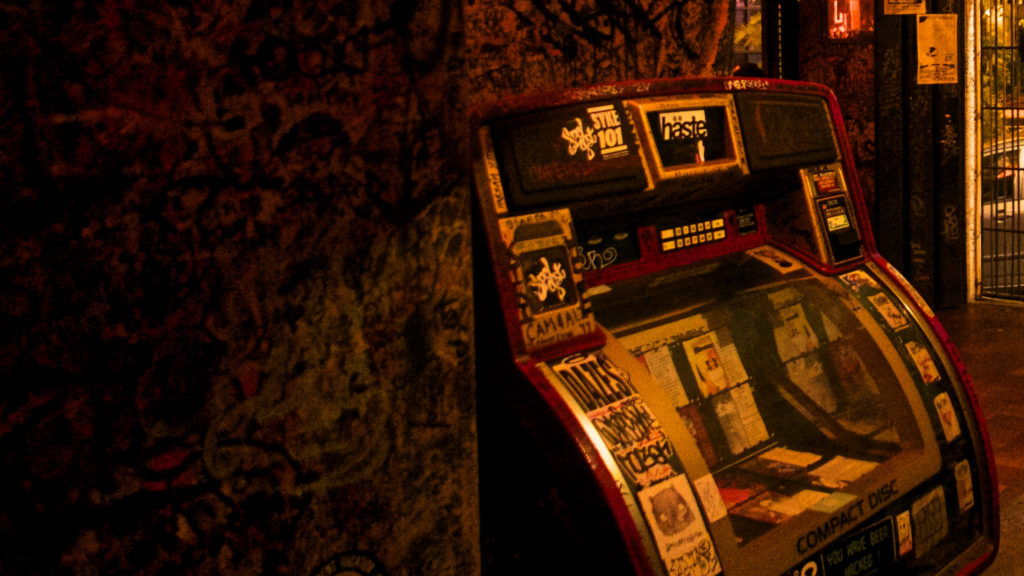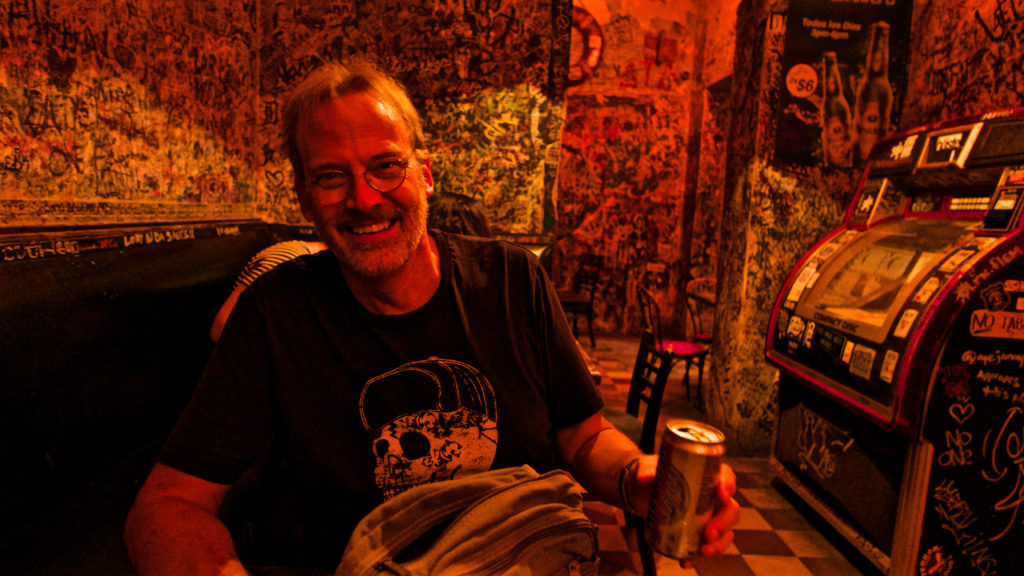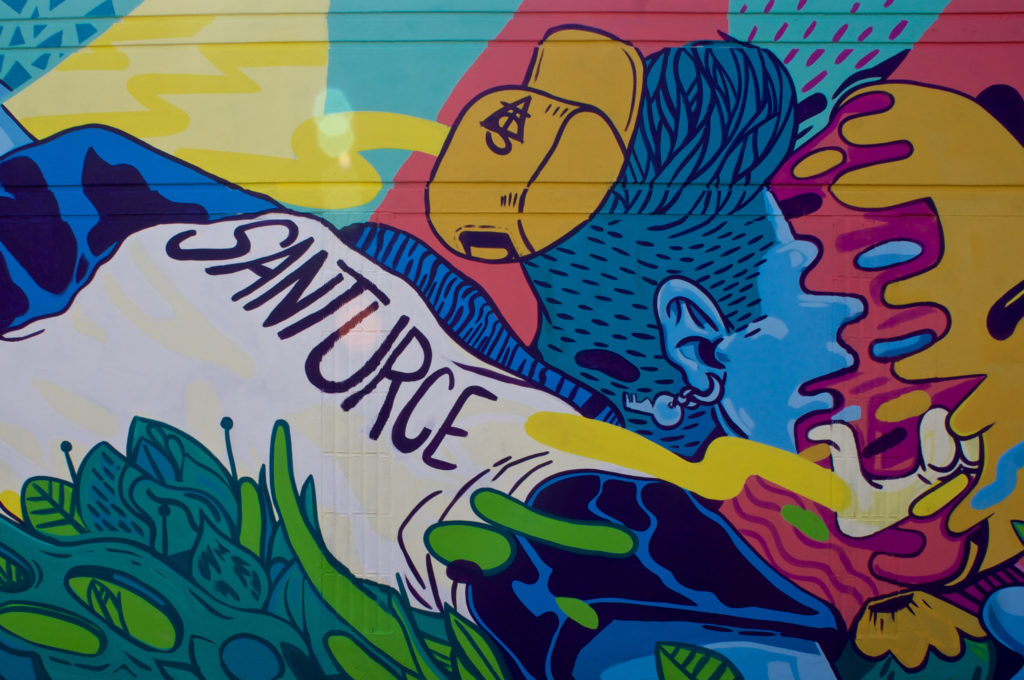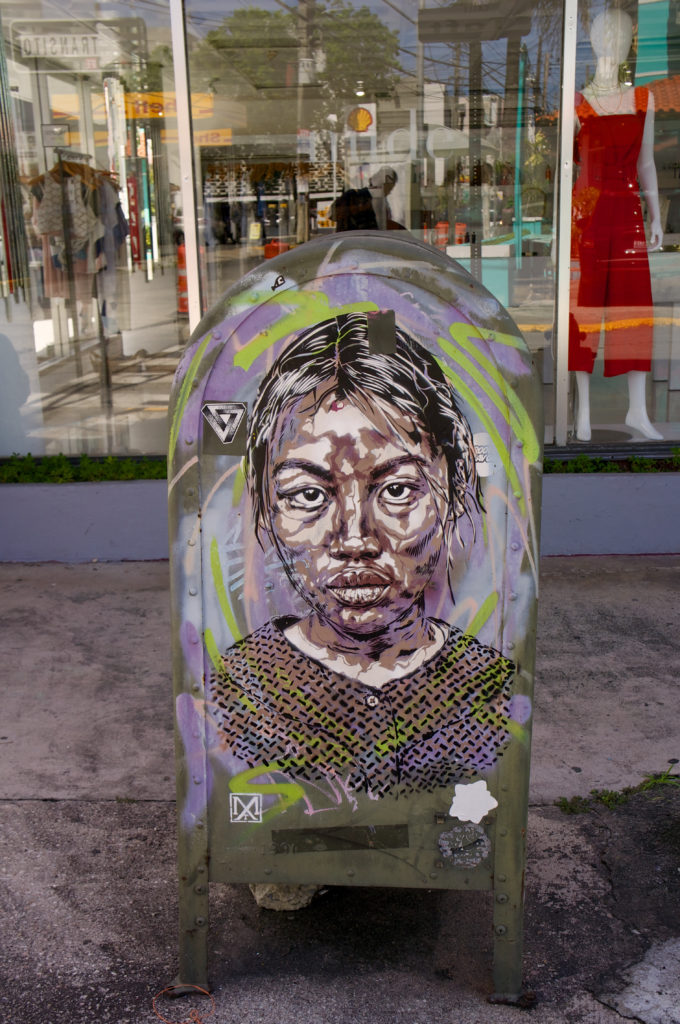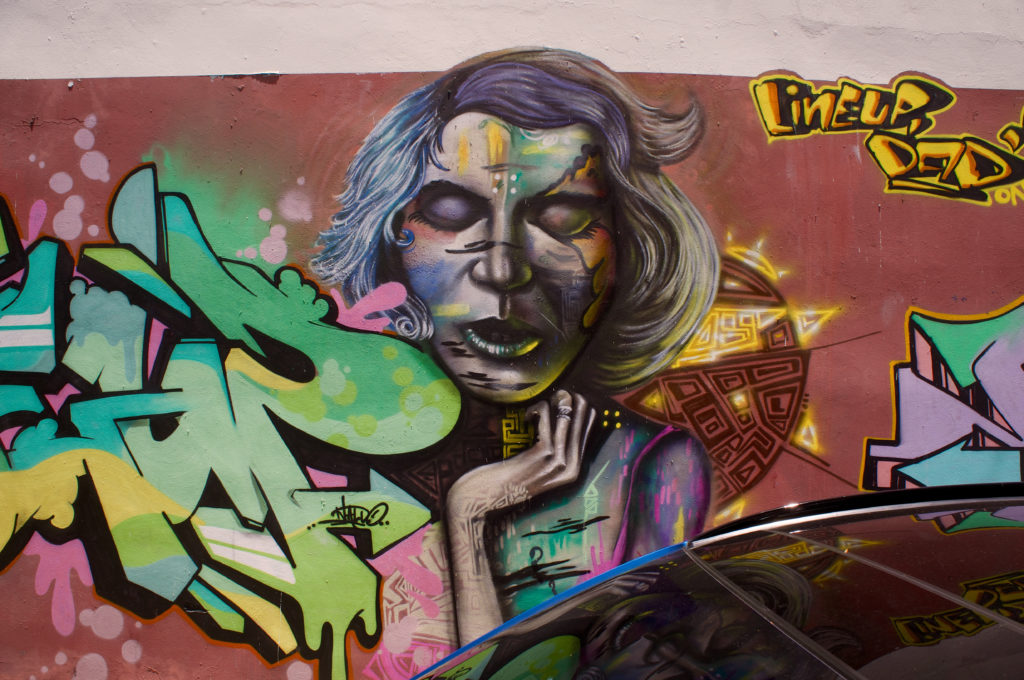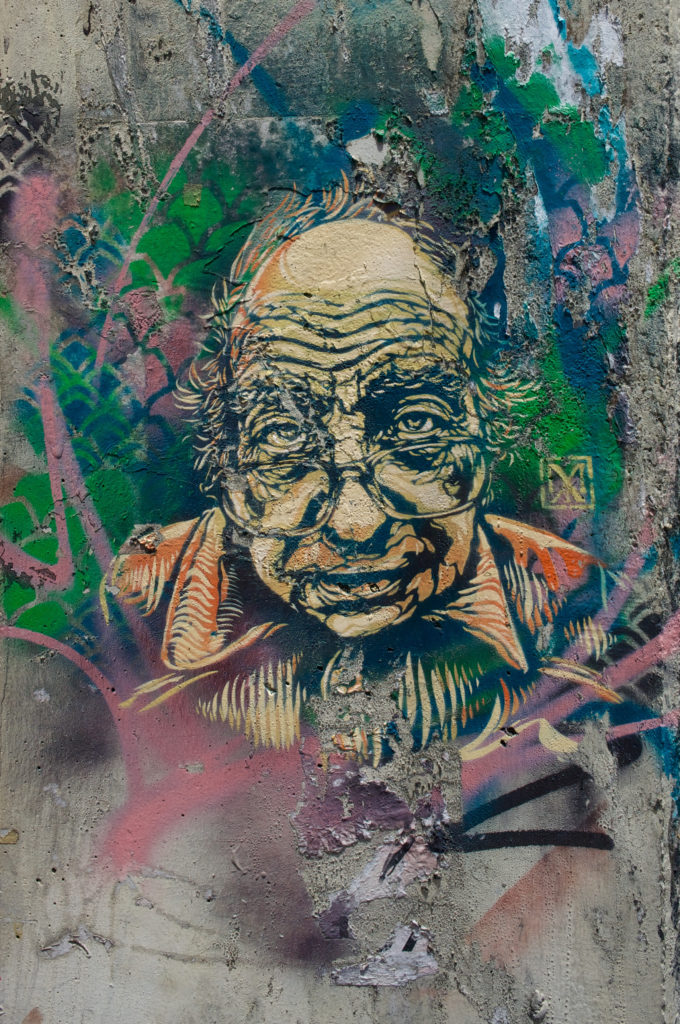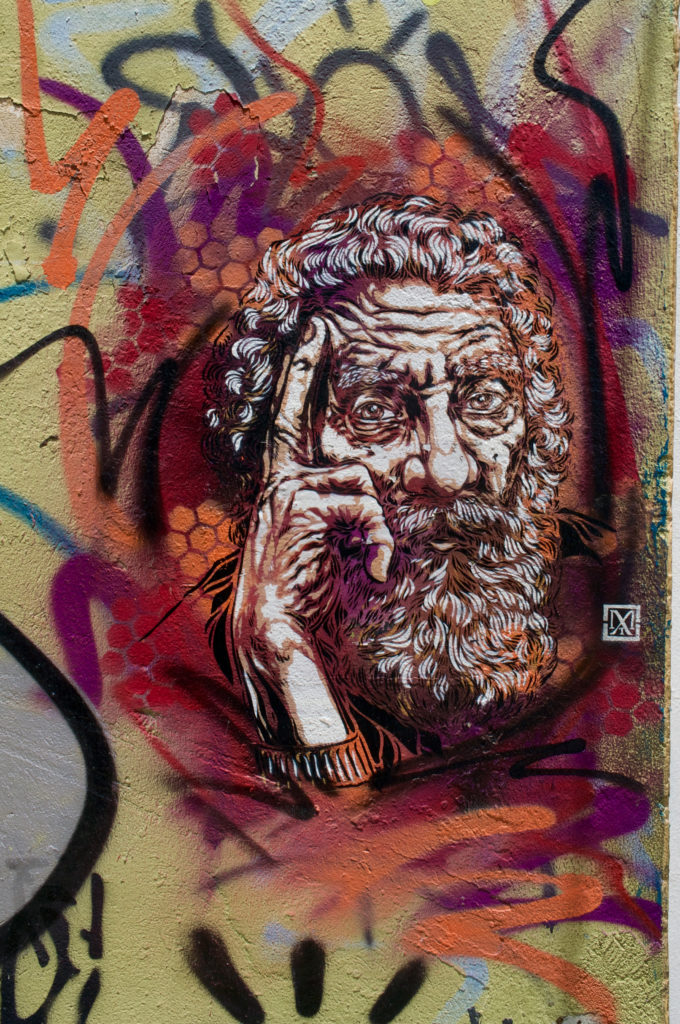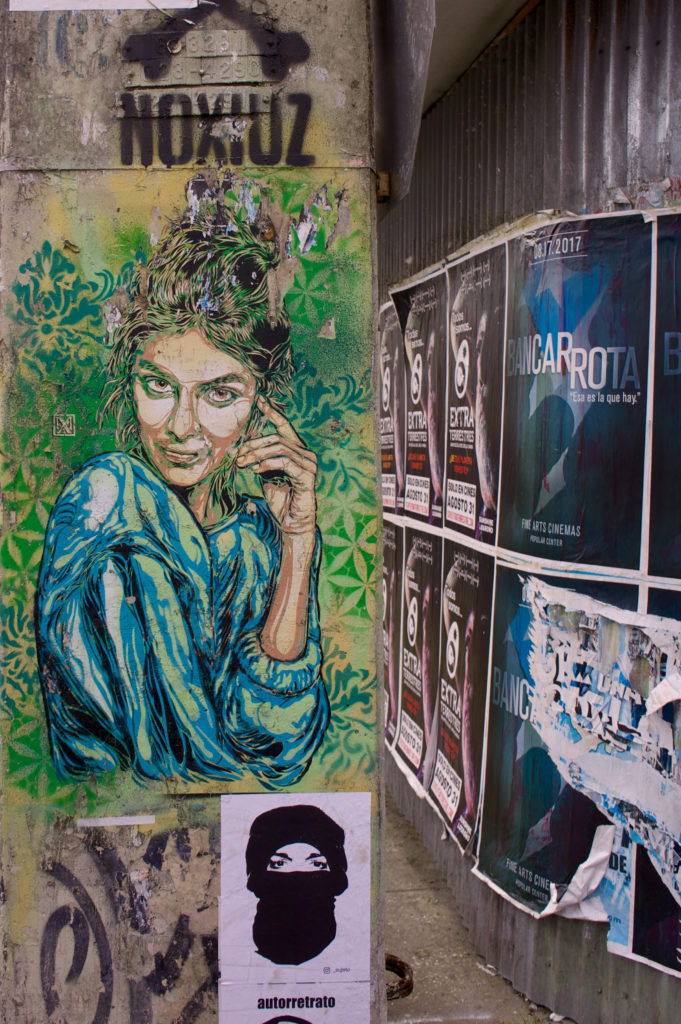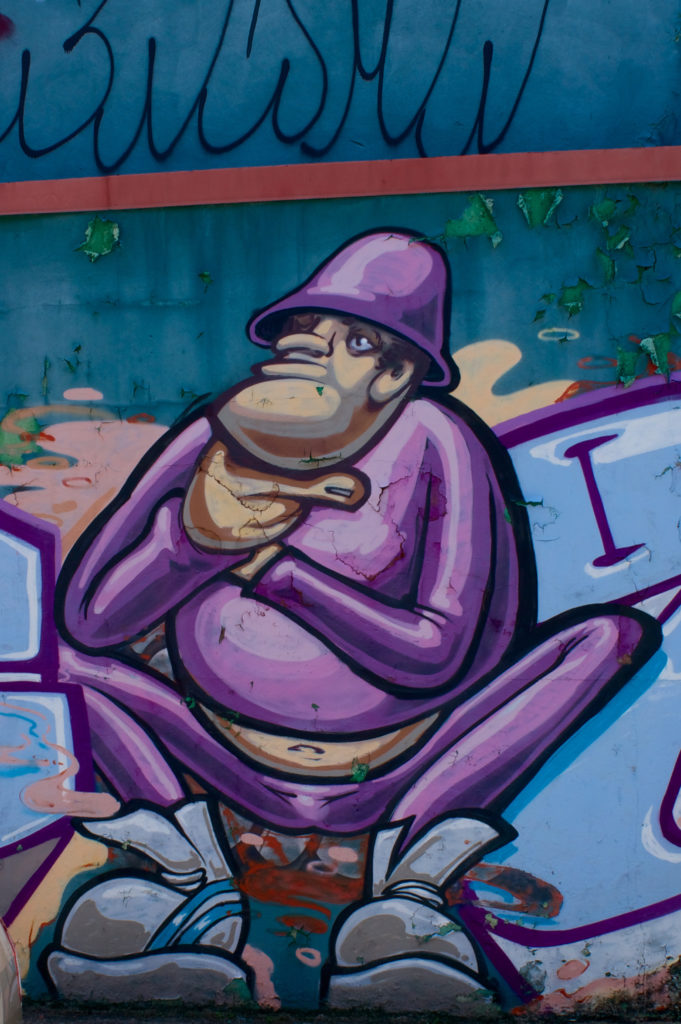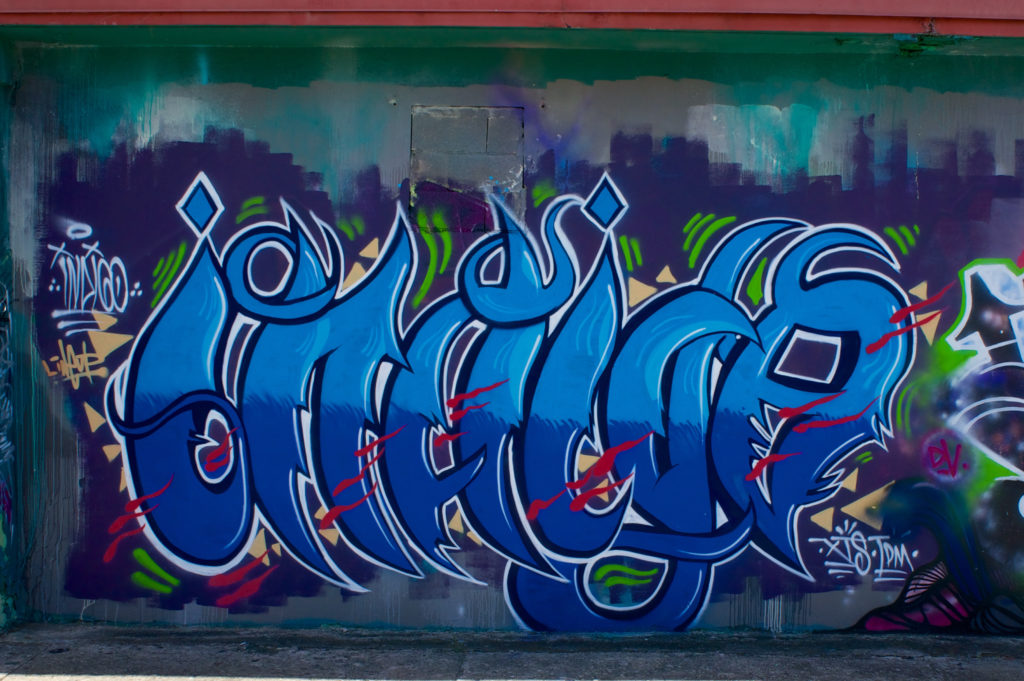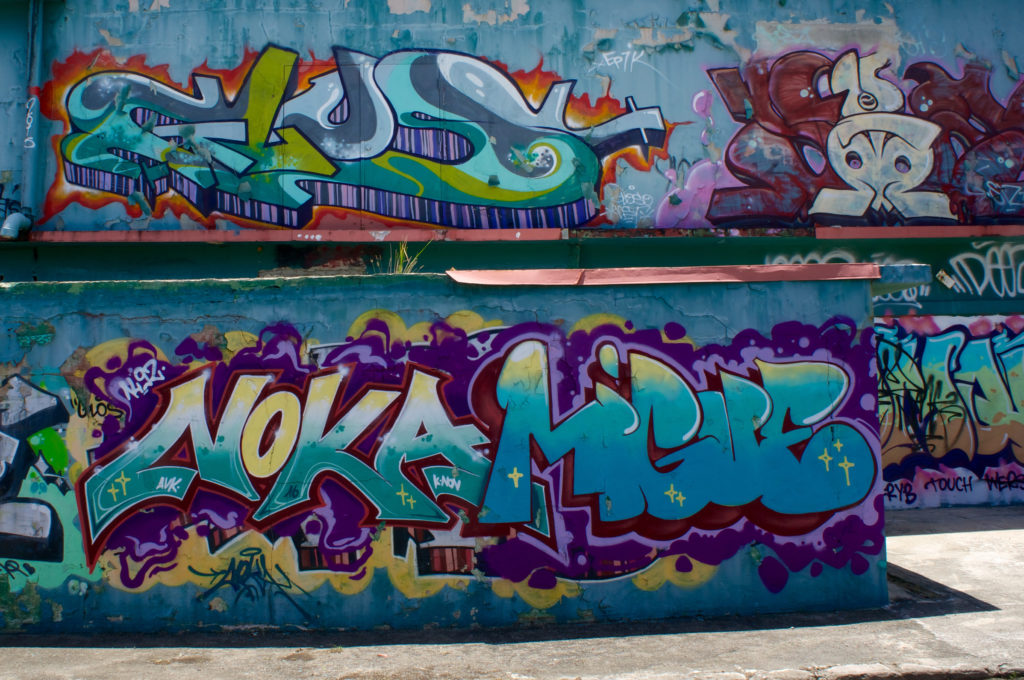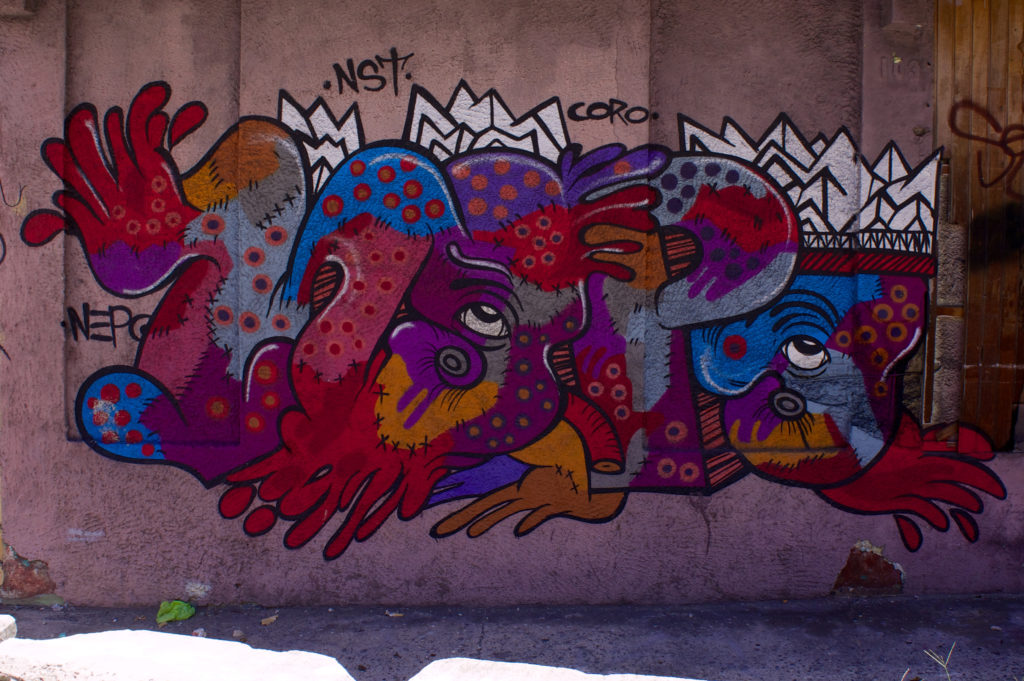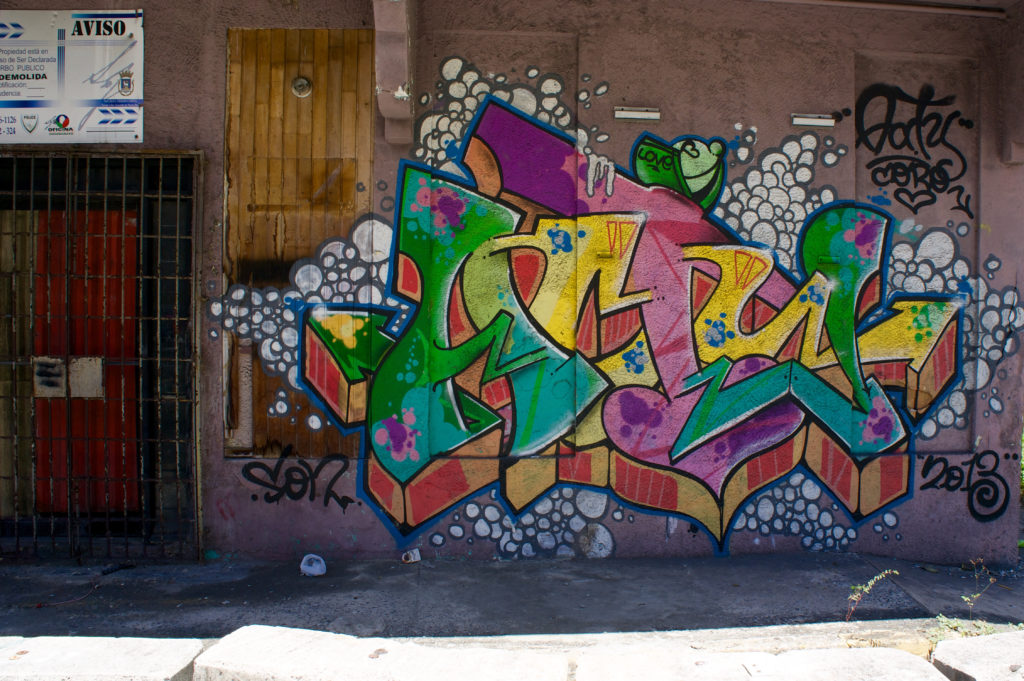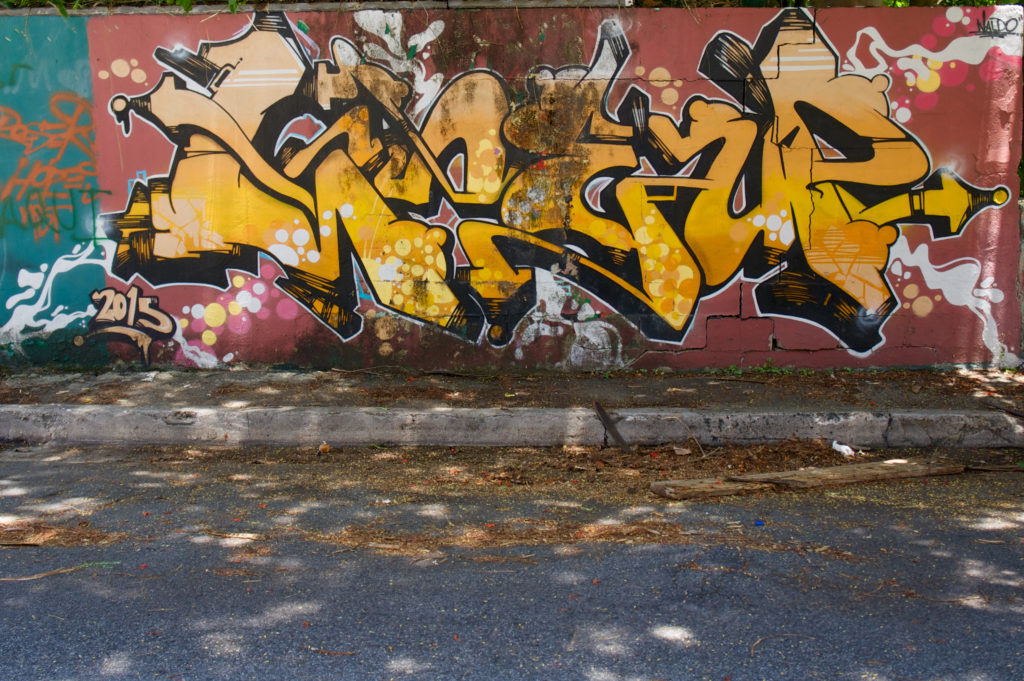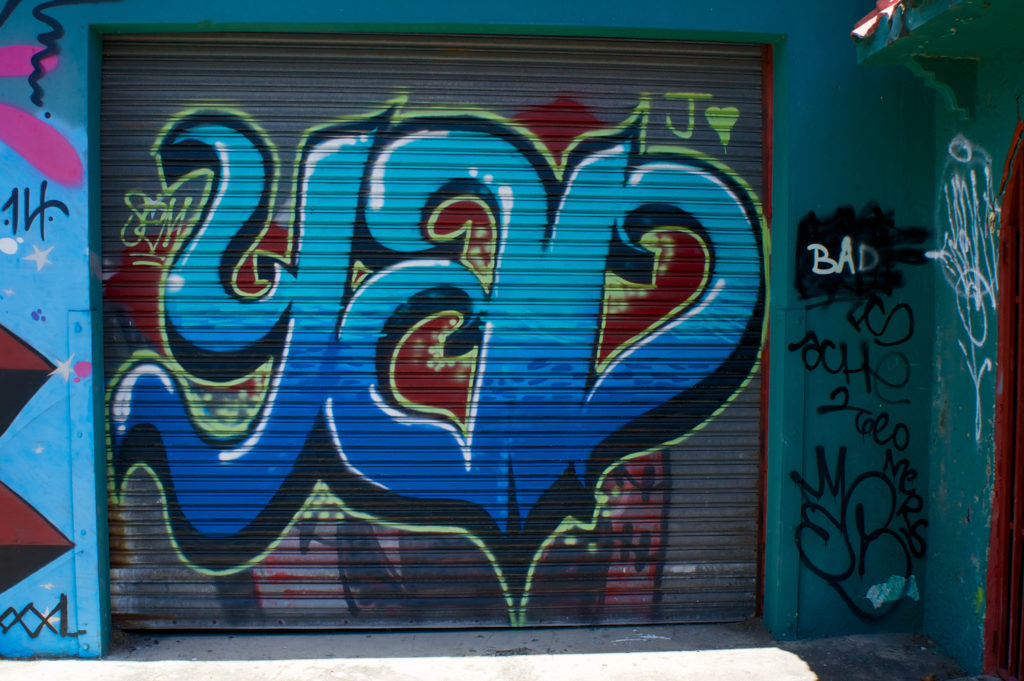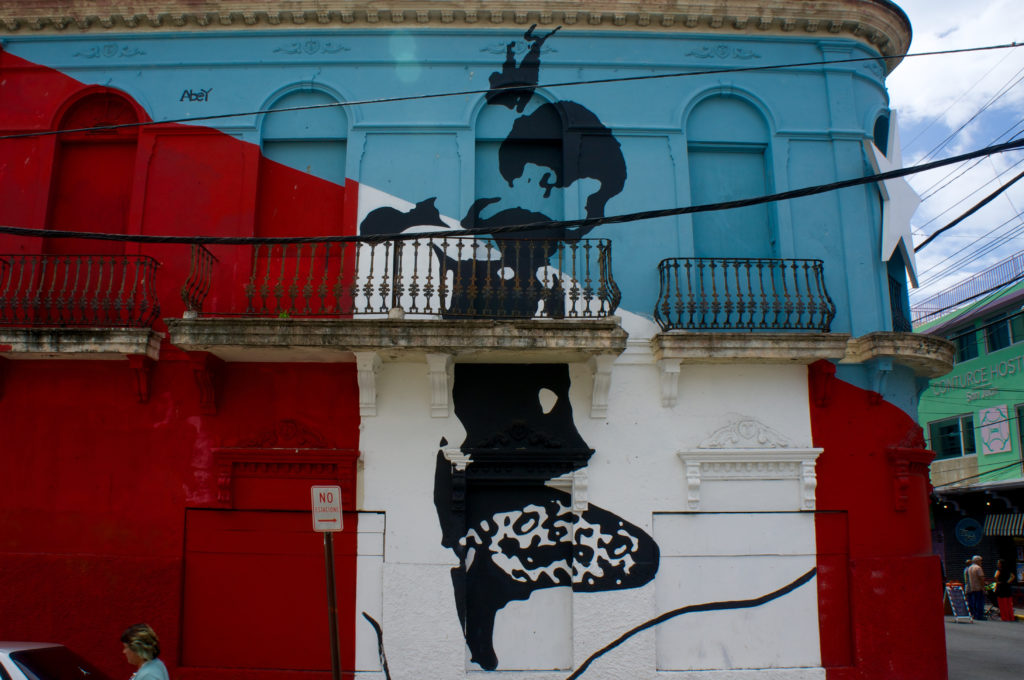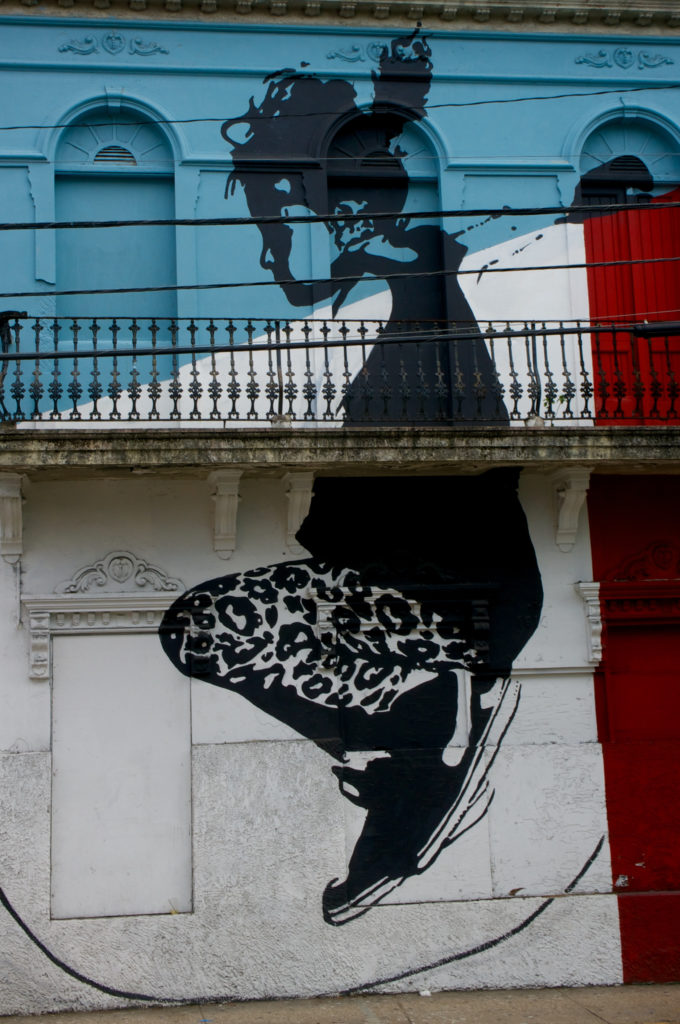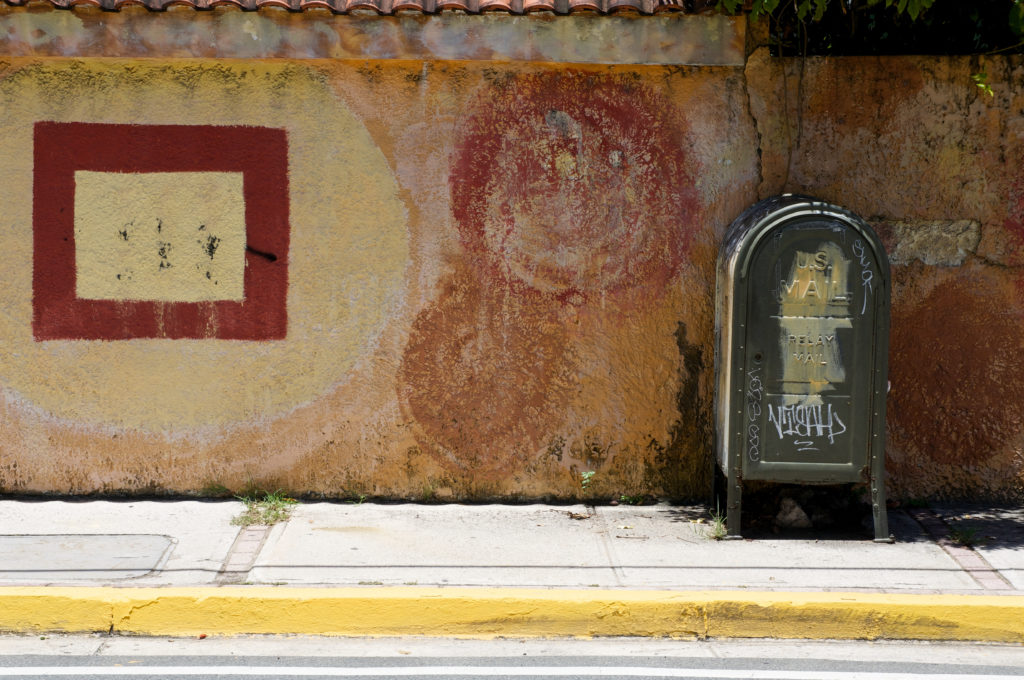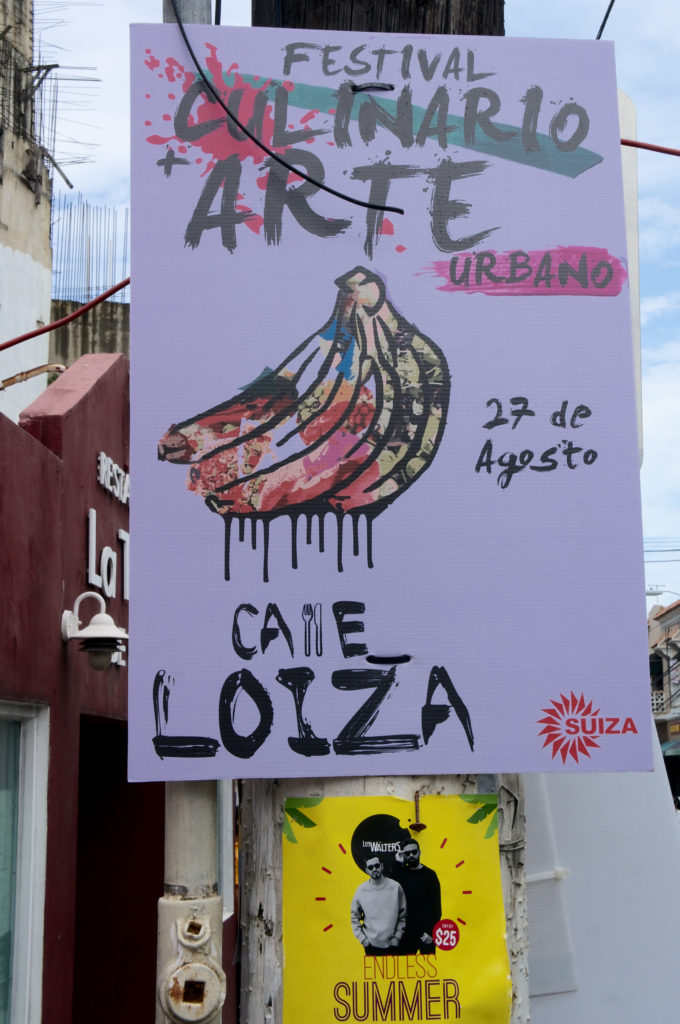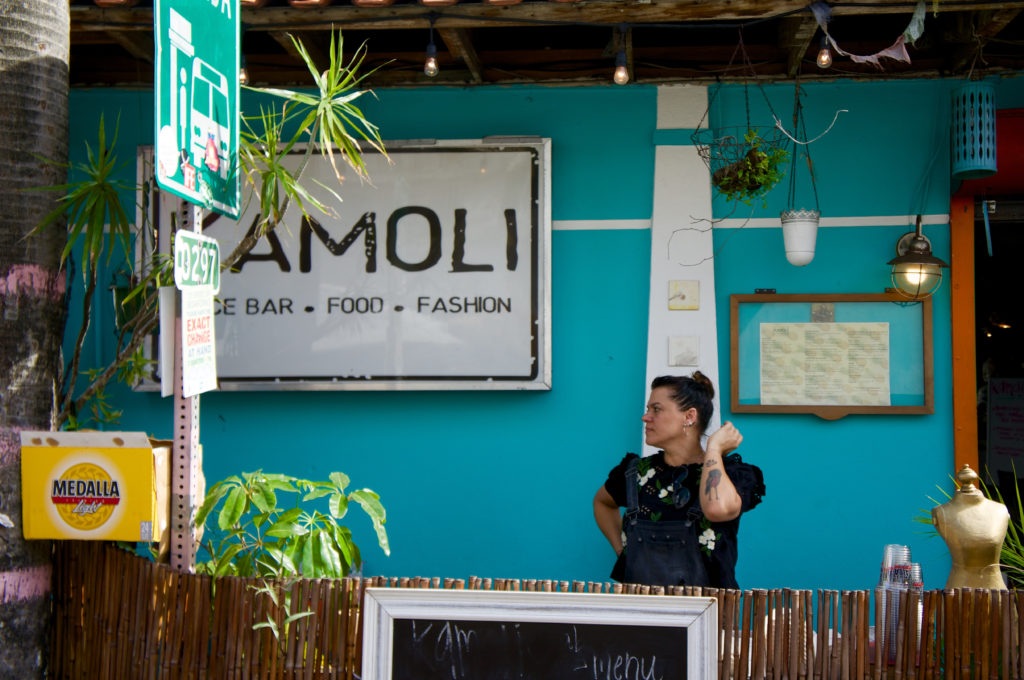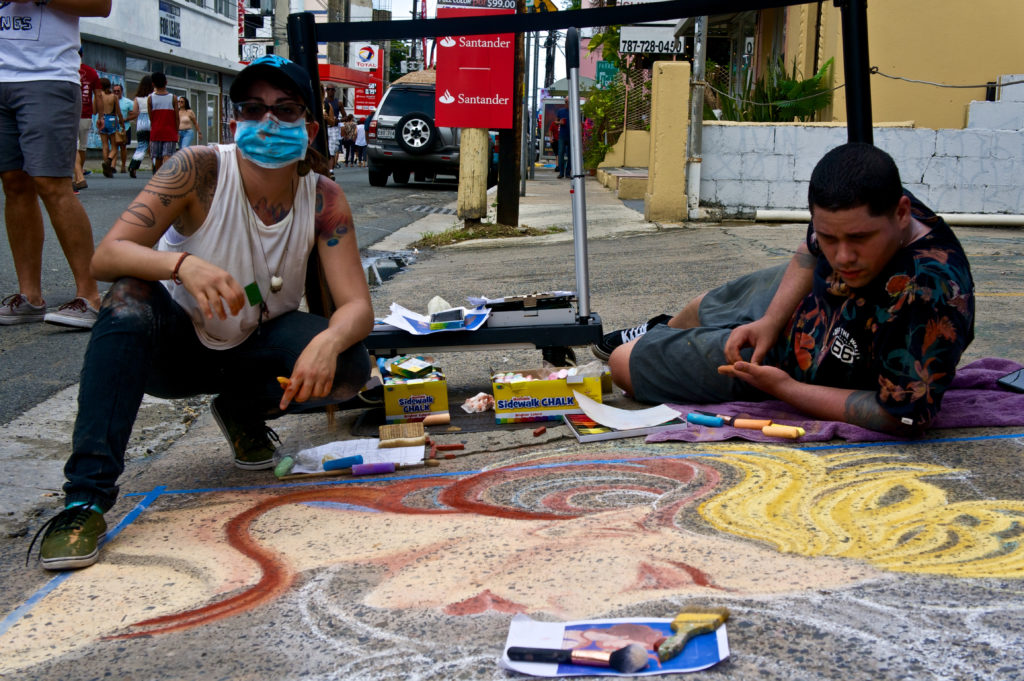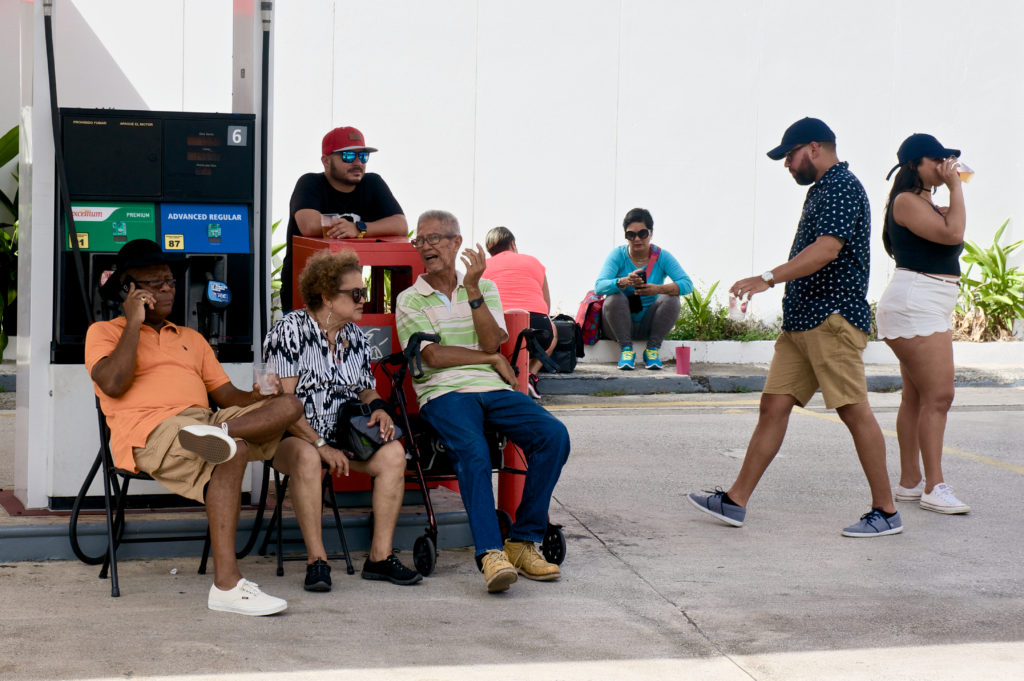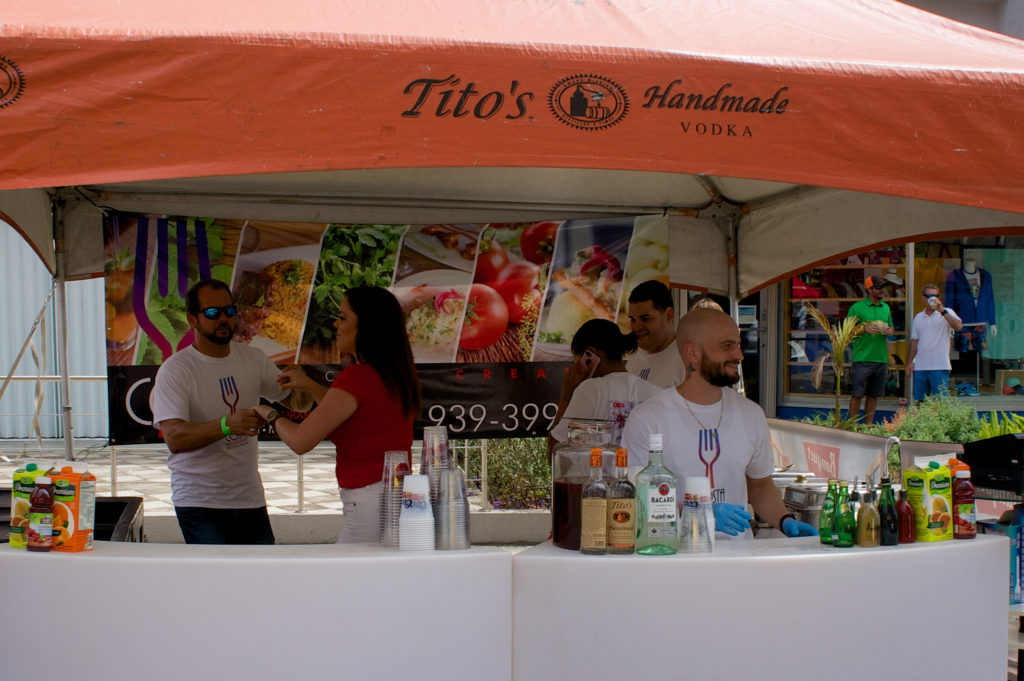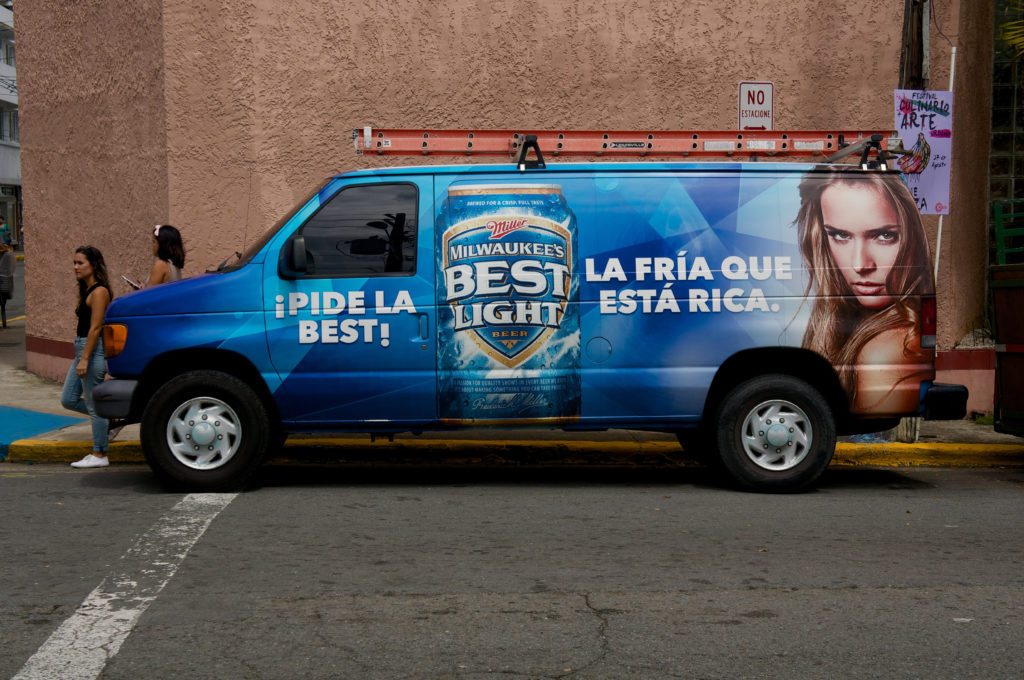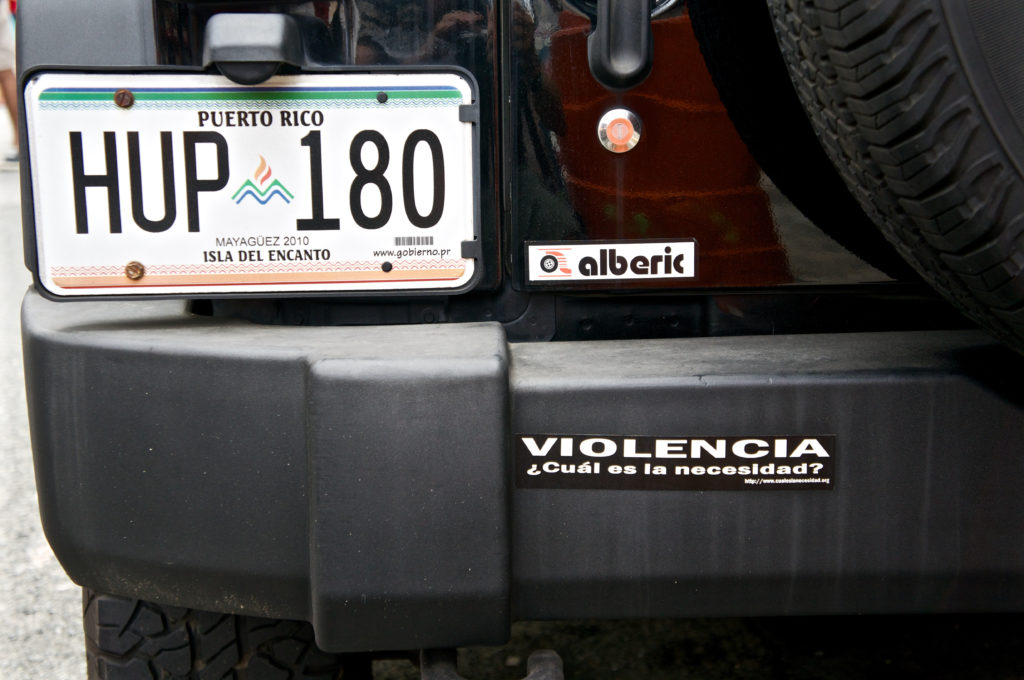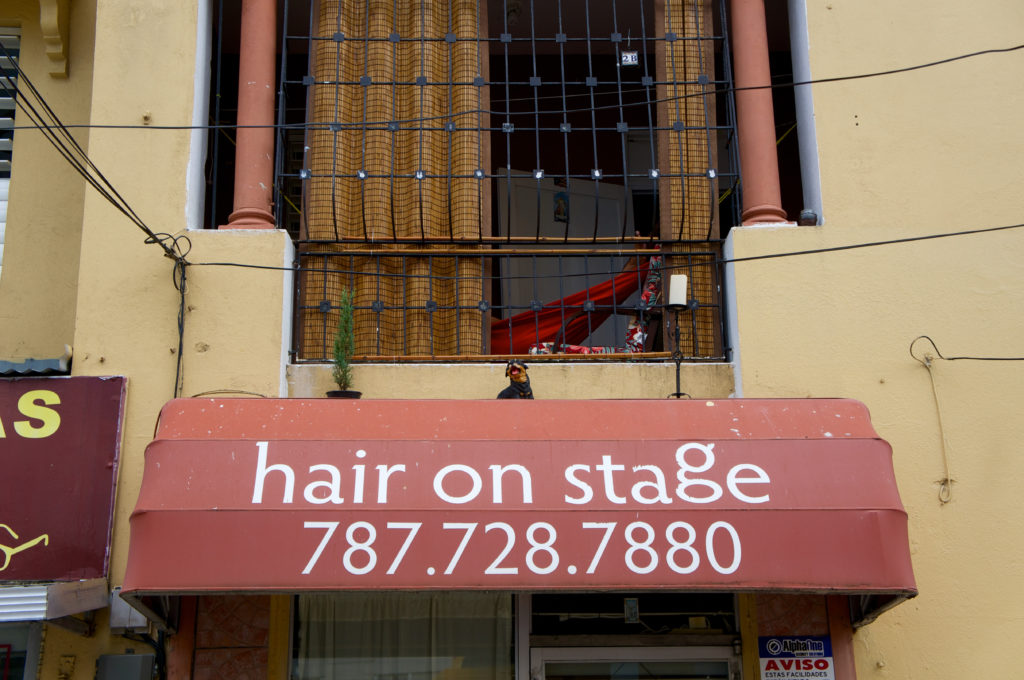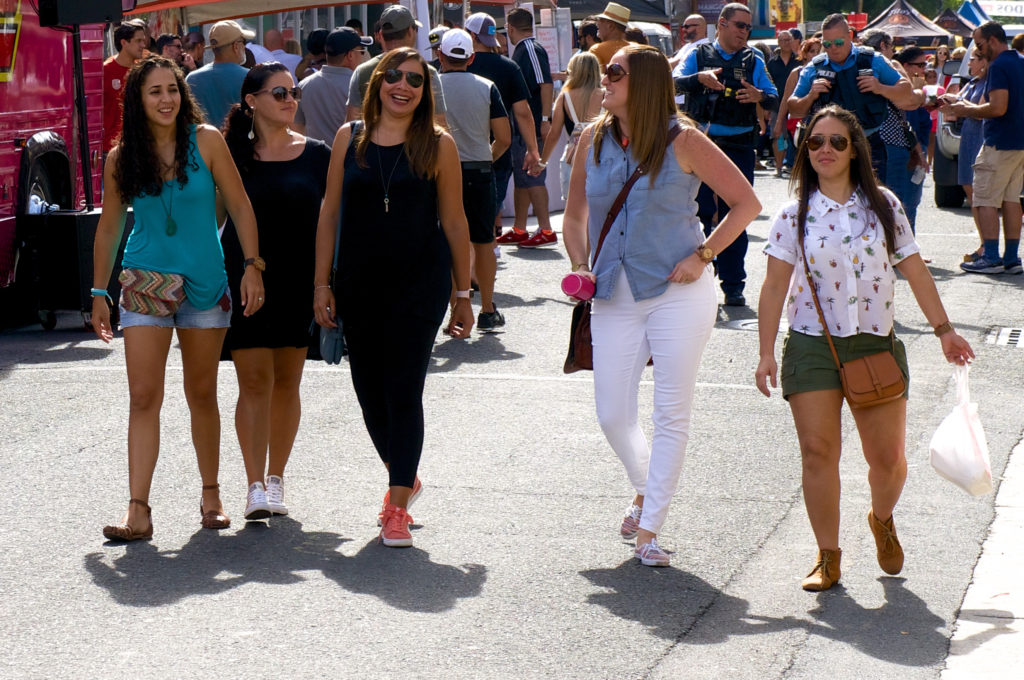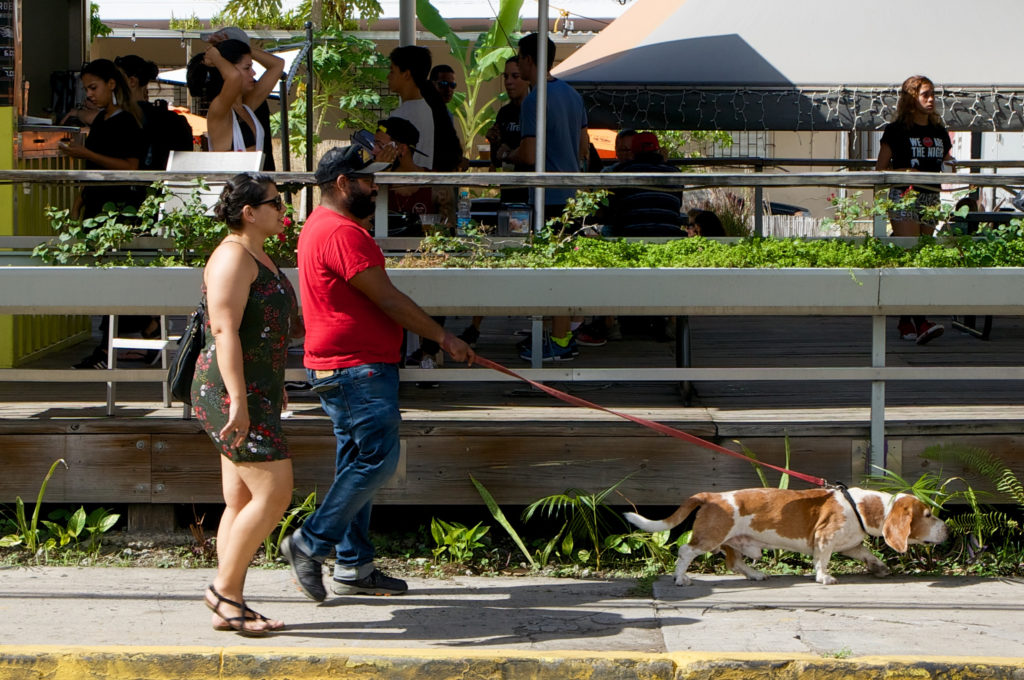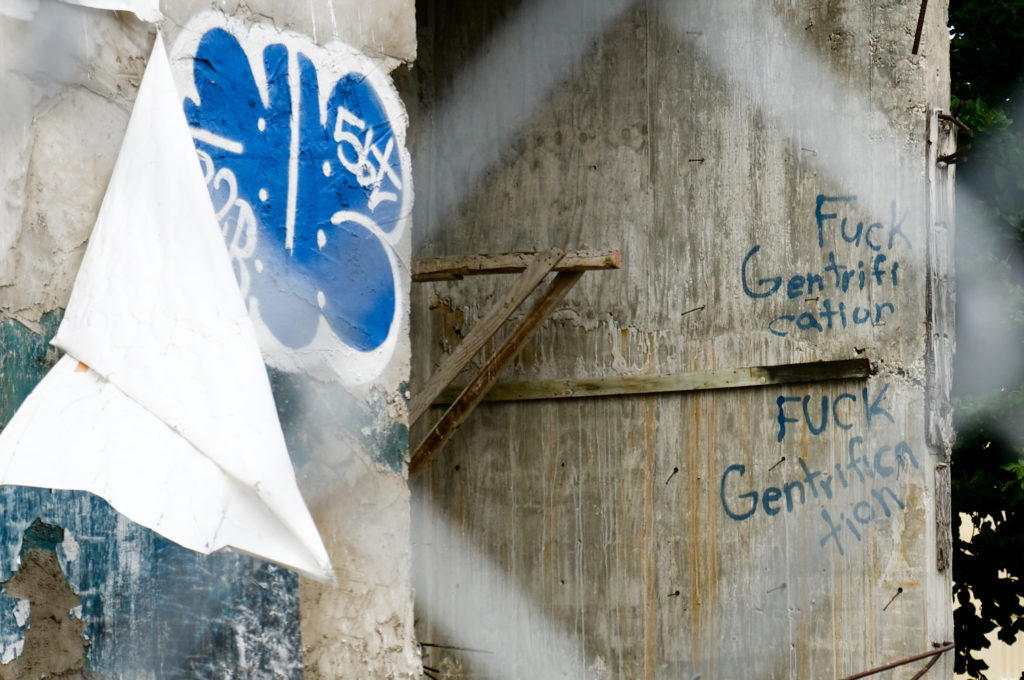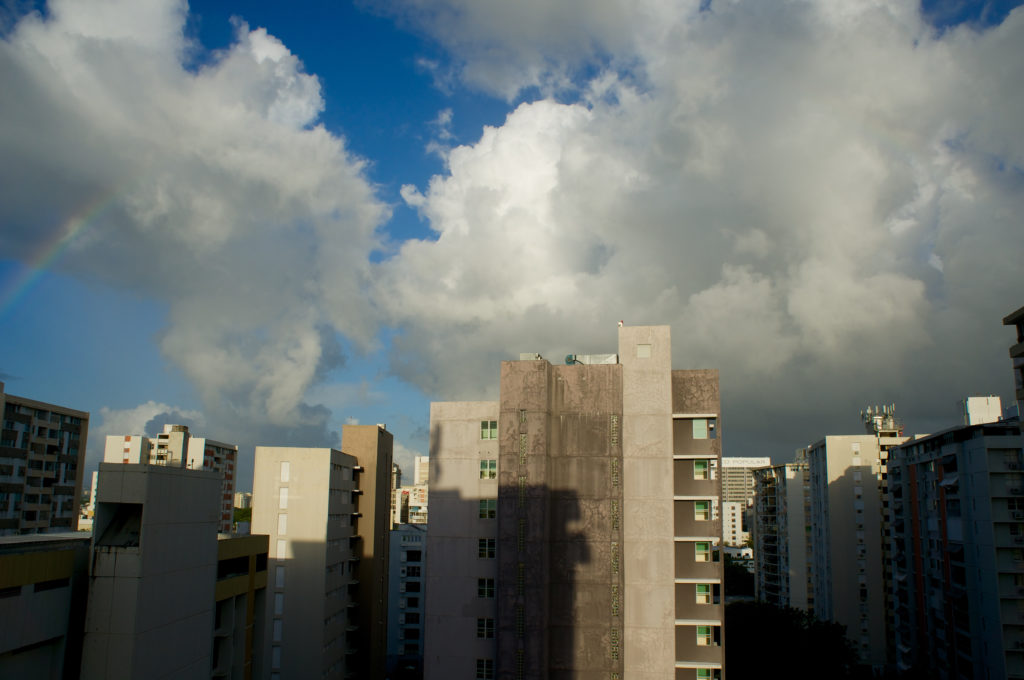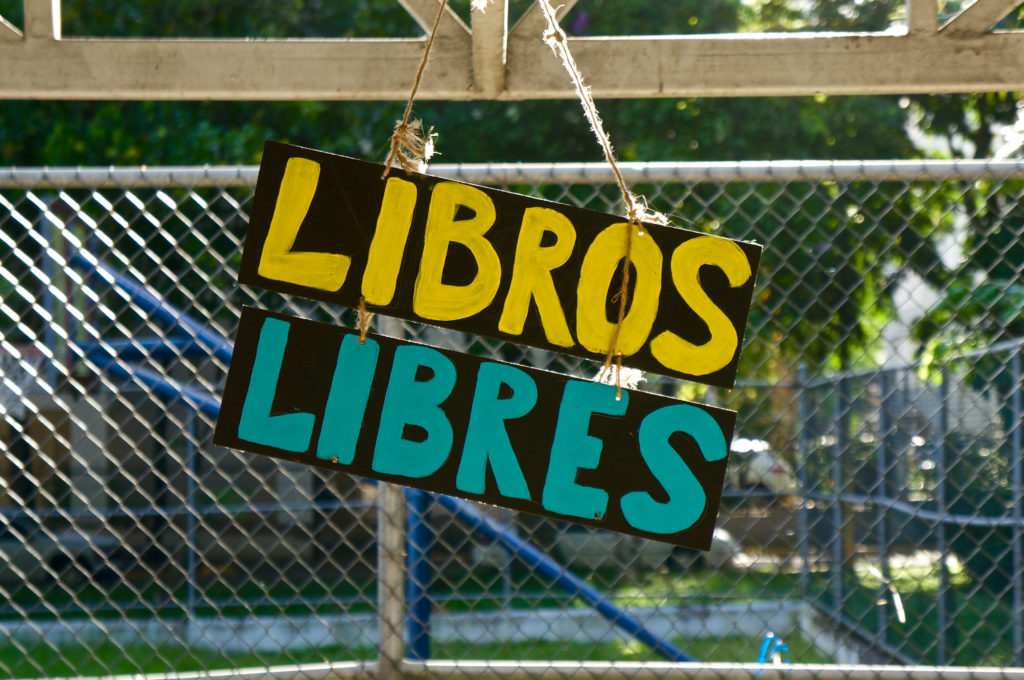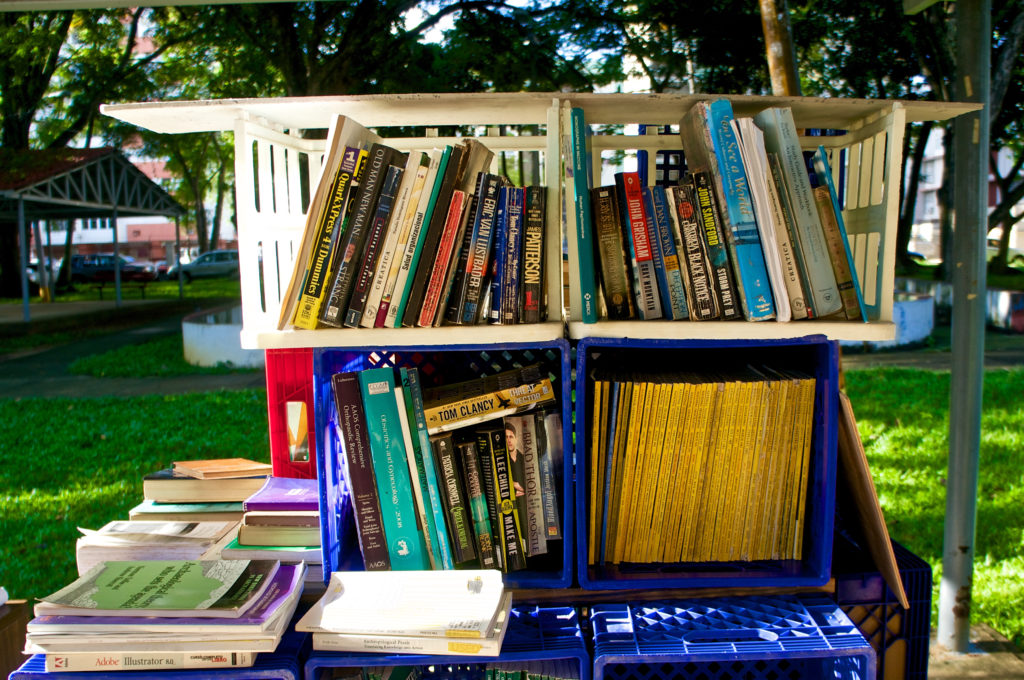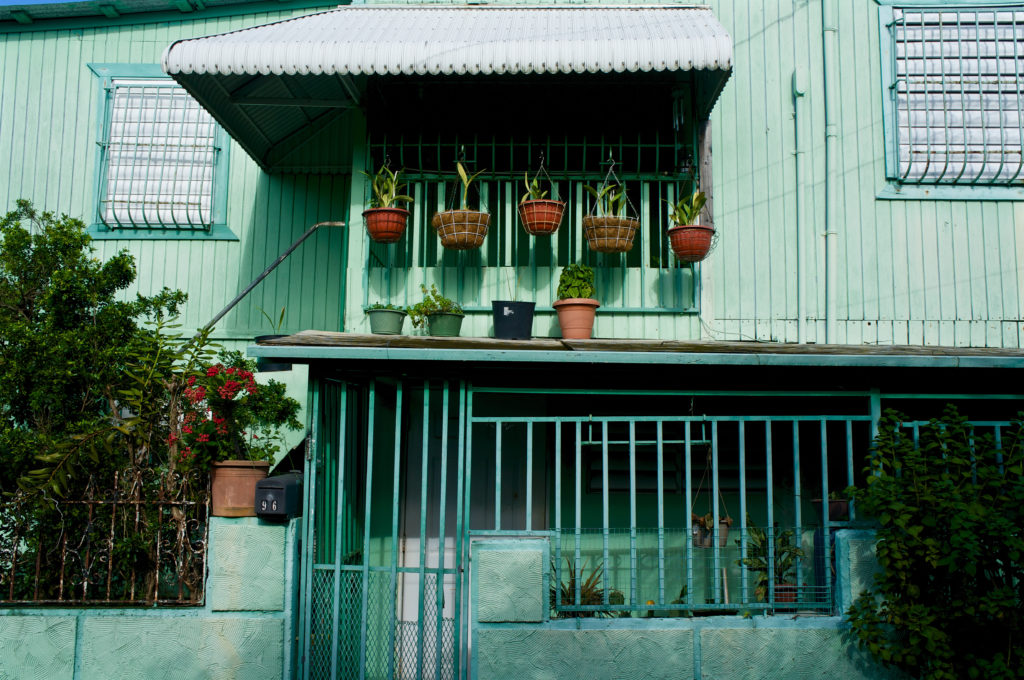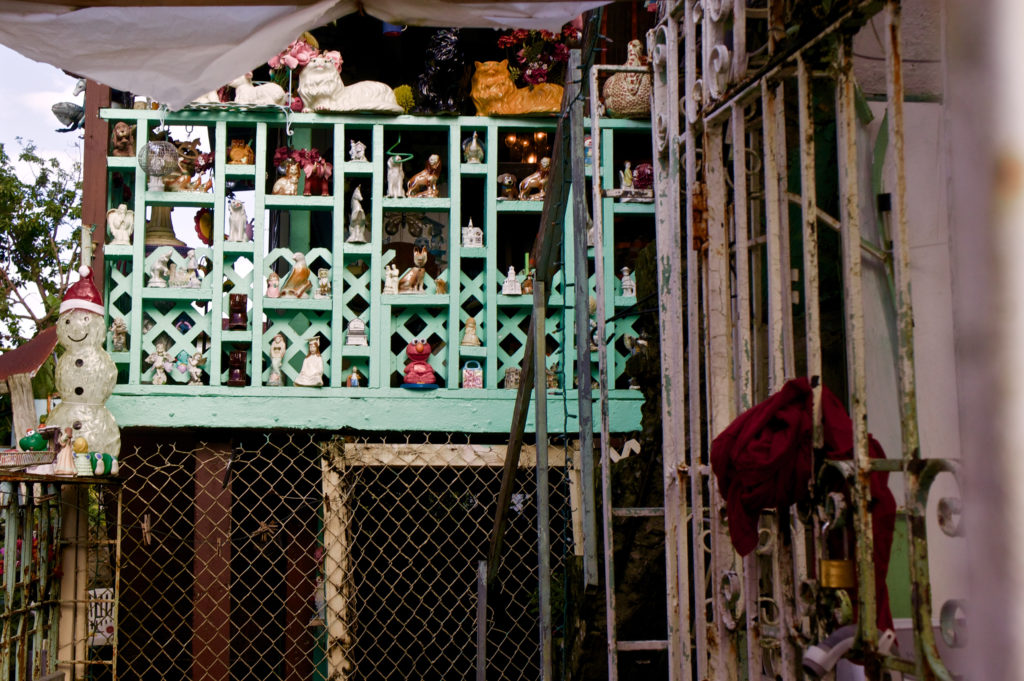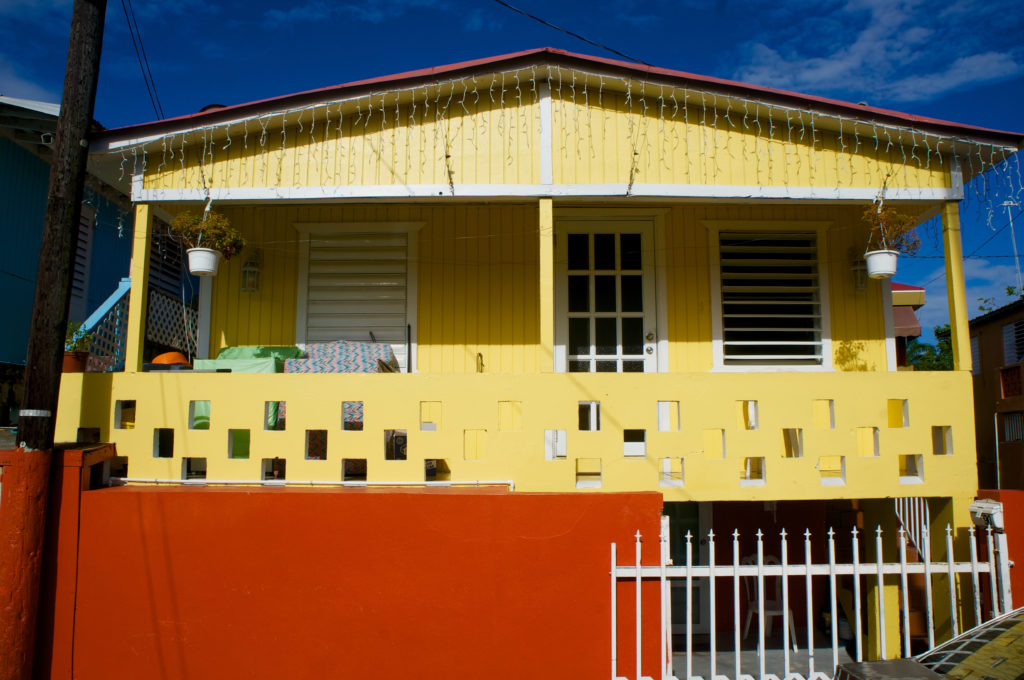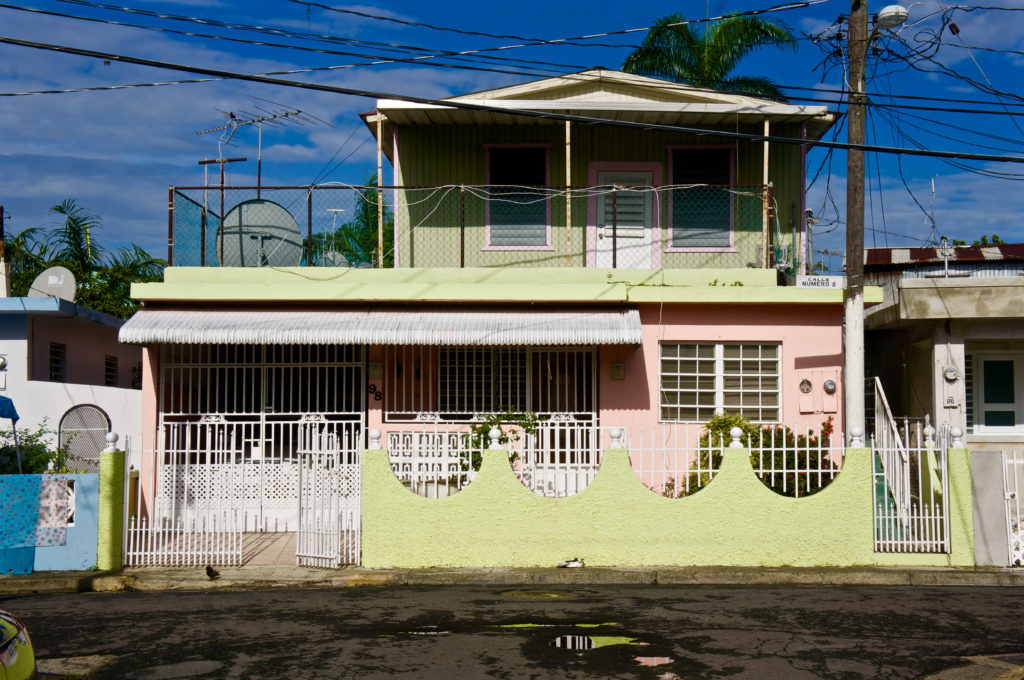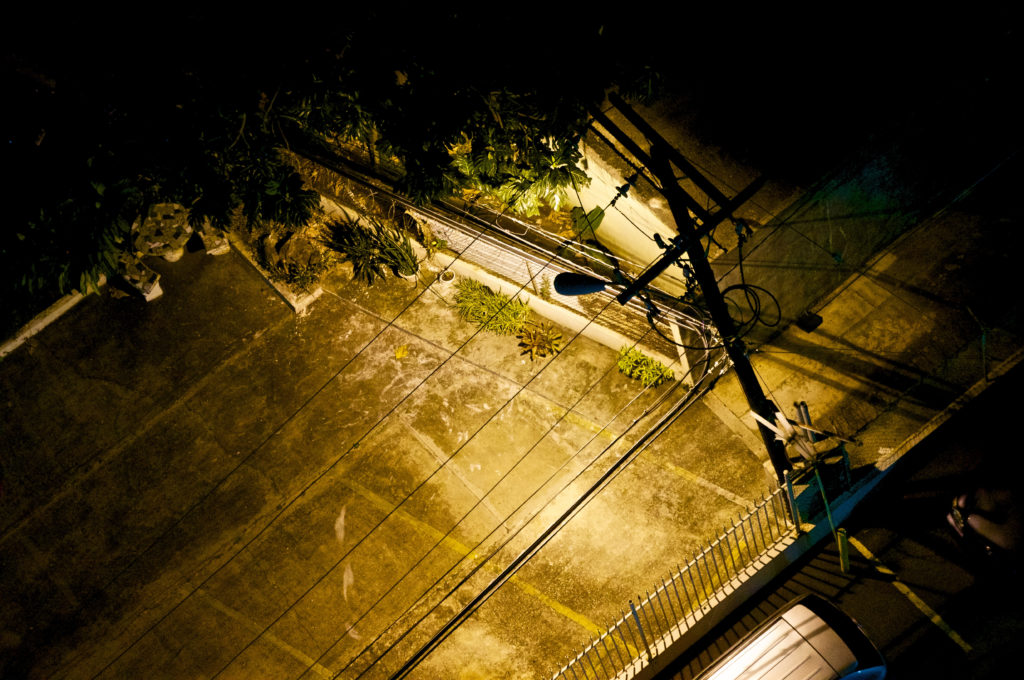I’ve always been interested in sailing, boats, and life at sea, even though I have very little experience with any of it. Part of this interest comes from my wanderlusting soul, but there’s a geekier element to it too: I like the stuff of sailing. Compasses, sextants, radios, engines, radar displays, and the whole host of related instruments speak to my gearhead side.
I found a lot of that kind of stuff at El Museo del Mar, Old San Juan’s Museum of the Sea. It’s a one-room affair, tucked in amid a row of shops on Calle San Francisco. It’s somewhat misnamed, being a museum of ships and boats rather than of the sea itself.
There were many antique compasses on display. These have a special place in my personal iconography. My one and only tattoo (so far) is a compass rose. I got it in China after I’d lived there a year. It symbolizes a new direction in my life, the plotting of a new course.
These next two instruments were manufactured by the Chelsea Clock Company. I used to live in Chelsea, Massachusetts where they were made. The firm was founded under a different name in the 1880s and has operated under its current name since 1897. In the early 20th century, it made maritime clocks for the US government and automobile clocks for Rolls Royce.
The photo immediately below is a radio room clock. A plaque on the wall by the display reads as follows:
The sinking of the Titanic resulted in the Radio Act of 1912 that required 24-hour radio watches. The disaster also led to clocks in the newer radio rooms featuring three-minute periods marked in red. Those three minutes provided a silent period when only emergency radio messages could be transmitted.
In the US Government specifications for the Chelsea clock, it notes ‘the dial has accurate 4 second marks in red around the outside edge, over which the sweep seconds hand passes, enabling the radio operator to accurately transmit the 4-second alarm signal provided by the International Telecommunication Convention and the International Conference on Safety of Life at Sea.’
The combination barometer/thermometer below is unusual for its curved bulb.
The model ships were awesome — and I use that word in its original sense. The level of detail, patience, and skill their construction requires is astonishing.
And building a ship inside a bottle is an extravagant demonstration of genius.
There’s a display dedicated to the Titanic. I didn’t see much connection to Puerto Rico there, but I understand how the exhibit could be a crowd-pleaser.
Though I haven’t sailed since I was a kid, I would someday like to learn celestial navigation. That might be my own ship-in-a-bottle endeavor: something to do purely for the satisfaction of mastering it that has no tangible benefit whatsoever. Maybe I could learn to use a sextant like this.
I learned something about the gizmo in the photo below. I’d always assumed it was something like a throttle, whereby the captain or the helmsman on the bridge could directly adjust the speed and direction of the ship’s propellers. Not so.
This is actually an engine order telegraph, or Chadburn, after the Liverpool company that originally manufactured units like it. It’s a communications device, not a throttle. When the handle on it is moved, a bell rings in the engine room and causes a dial there to move to indicate the speed and direction ordered by the bridge.
The most unexpected feature of the museum was its display of life belts, which is certified by the Guinness Book of World Records as the largest such collection in the world. Well, it has to be somewhere, so why not in San Juan?
